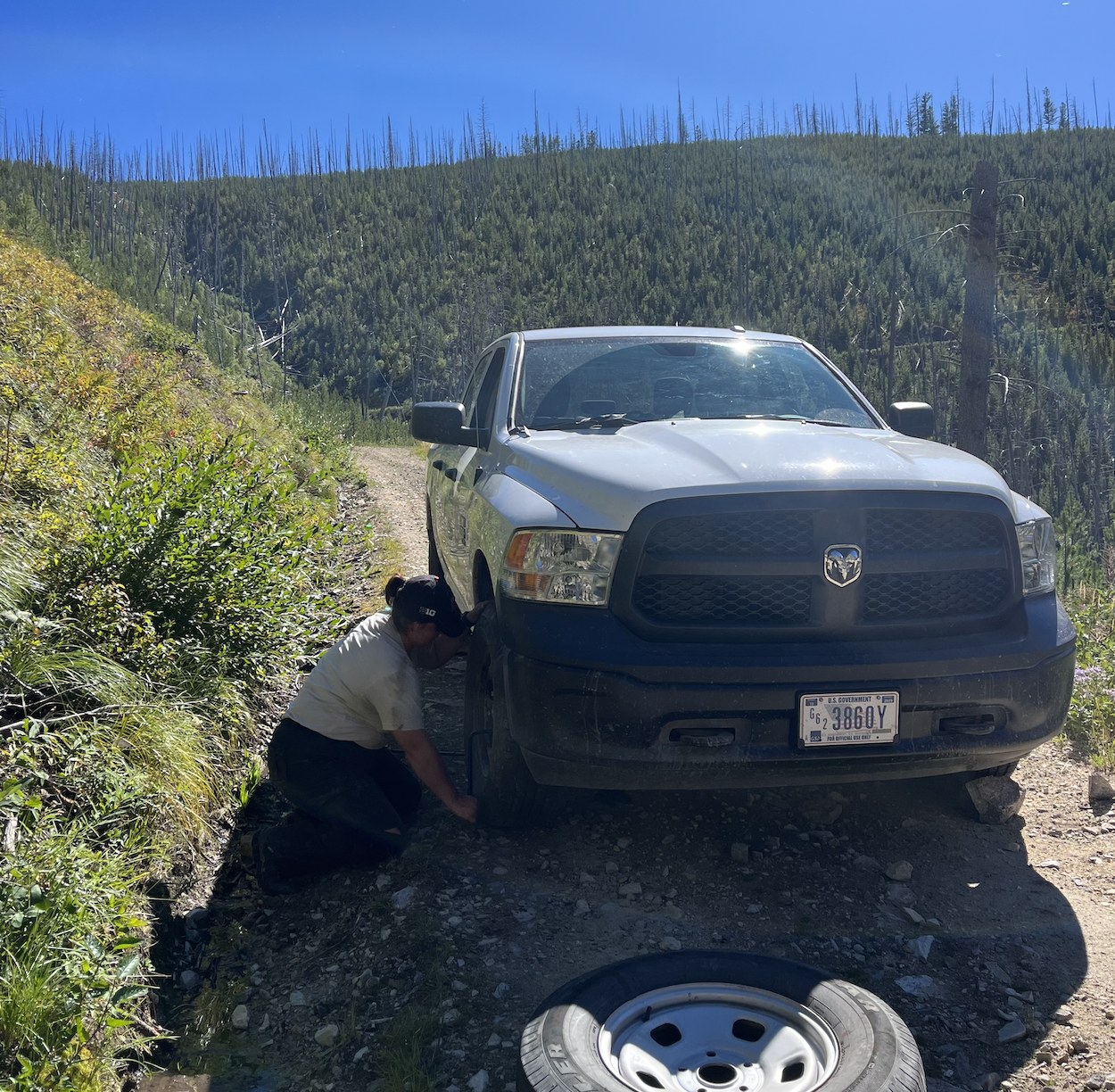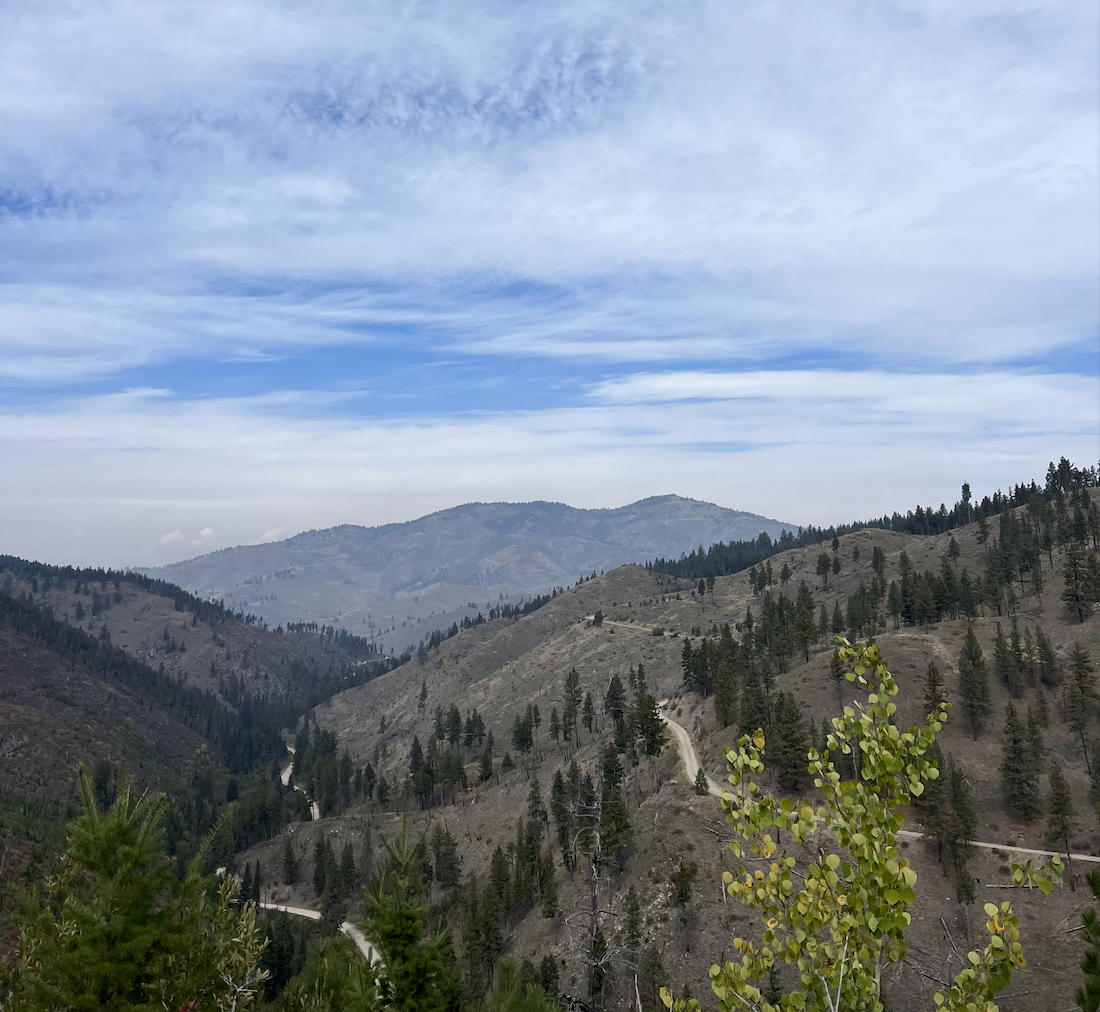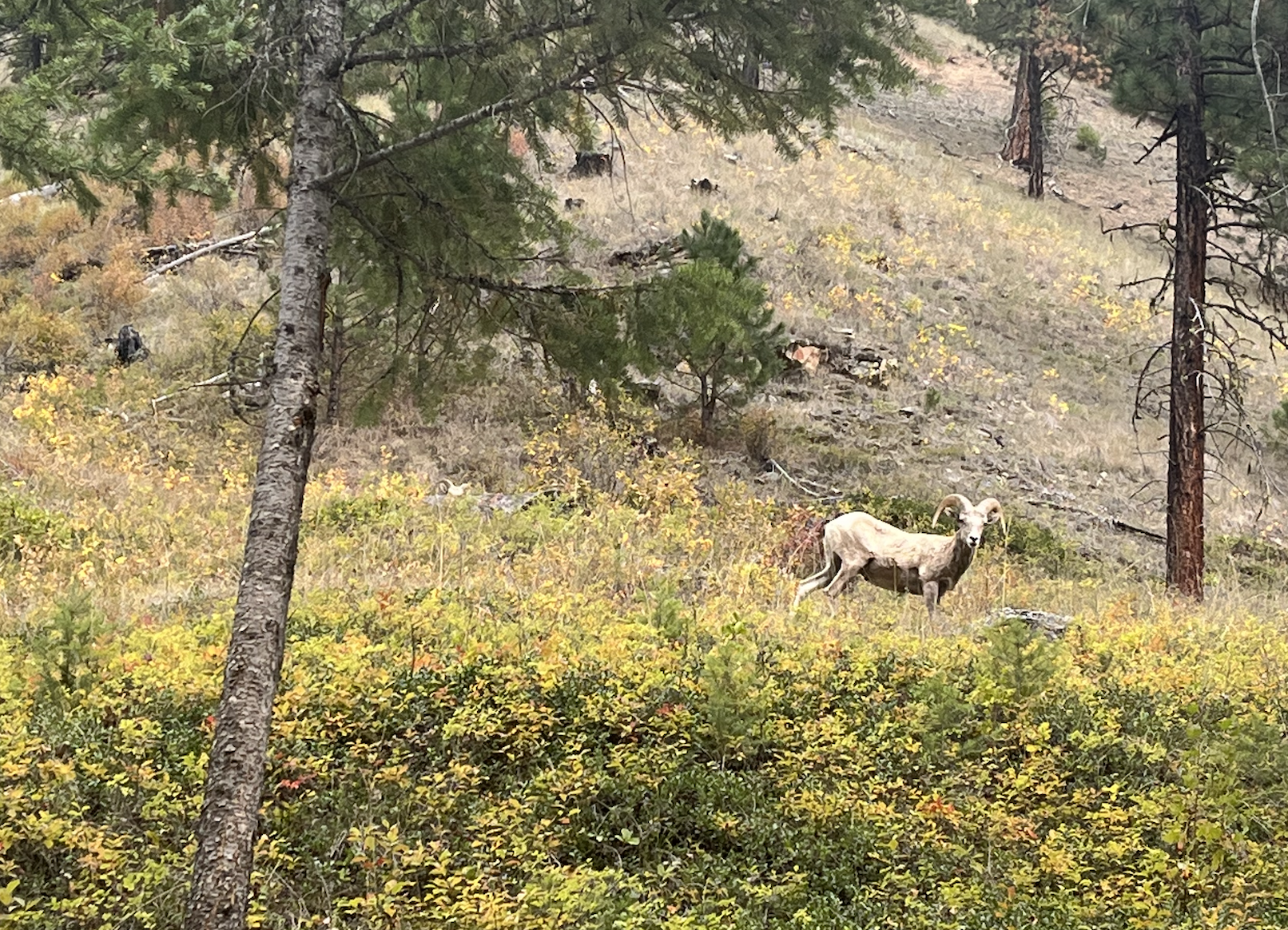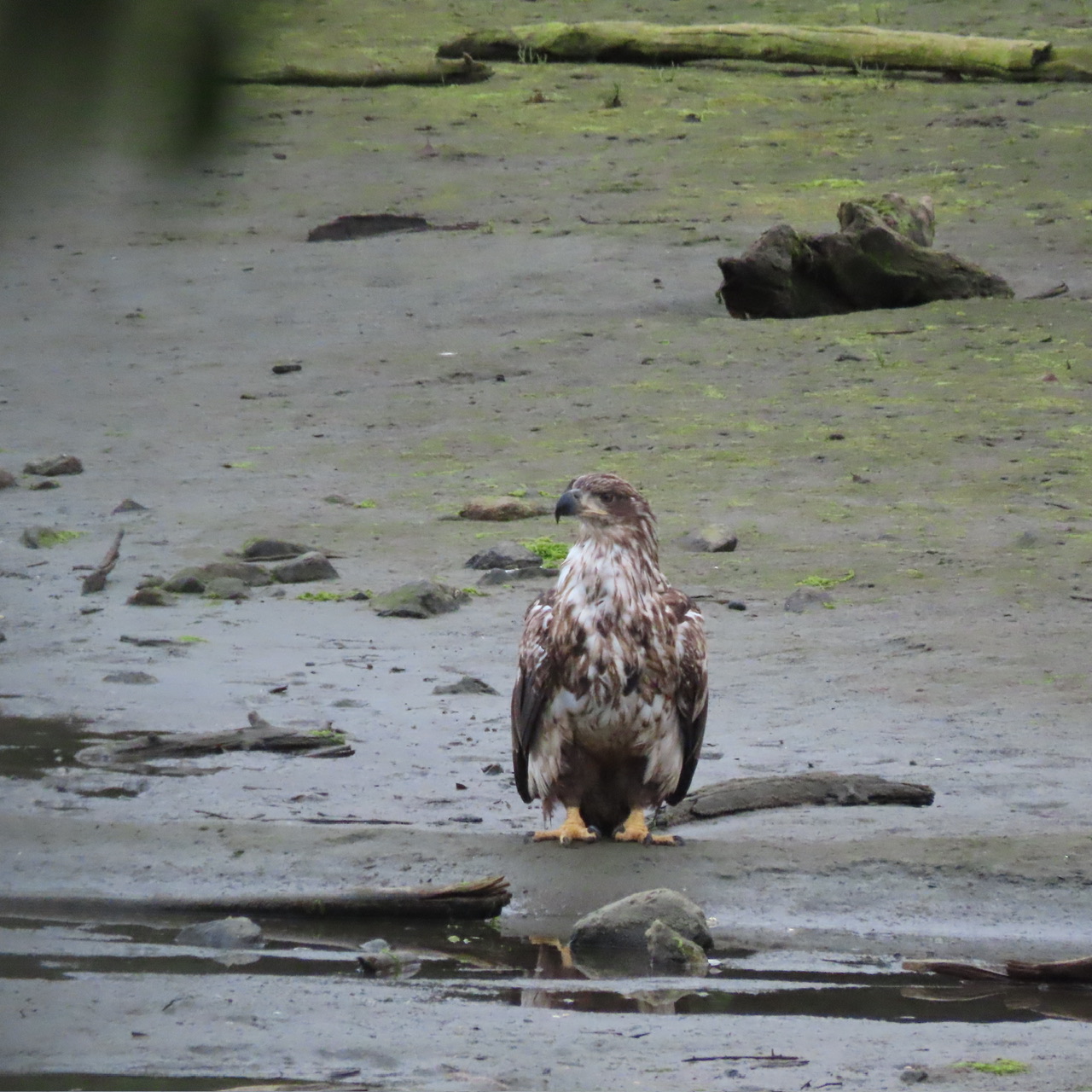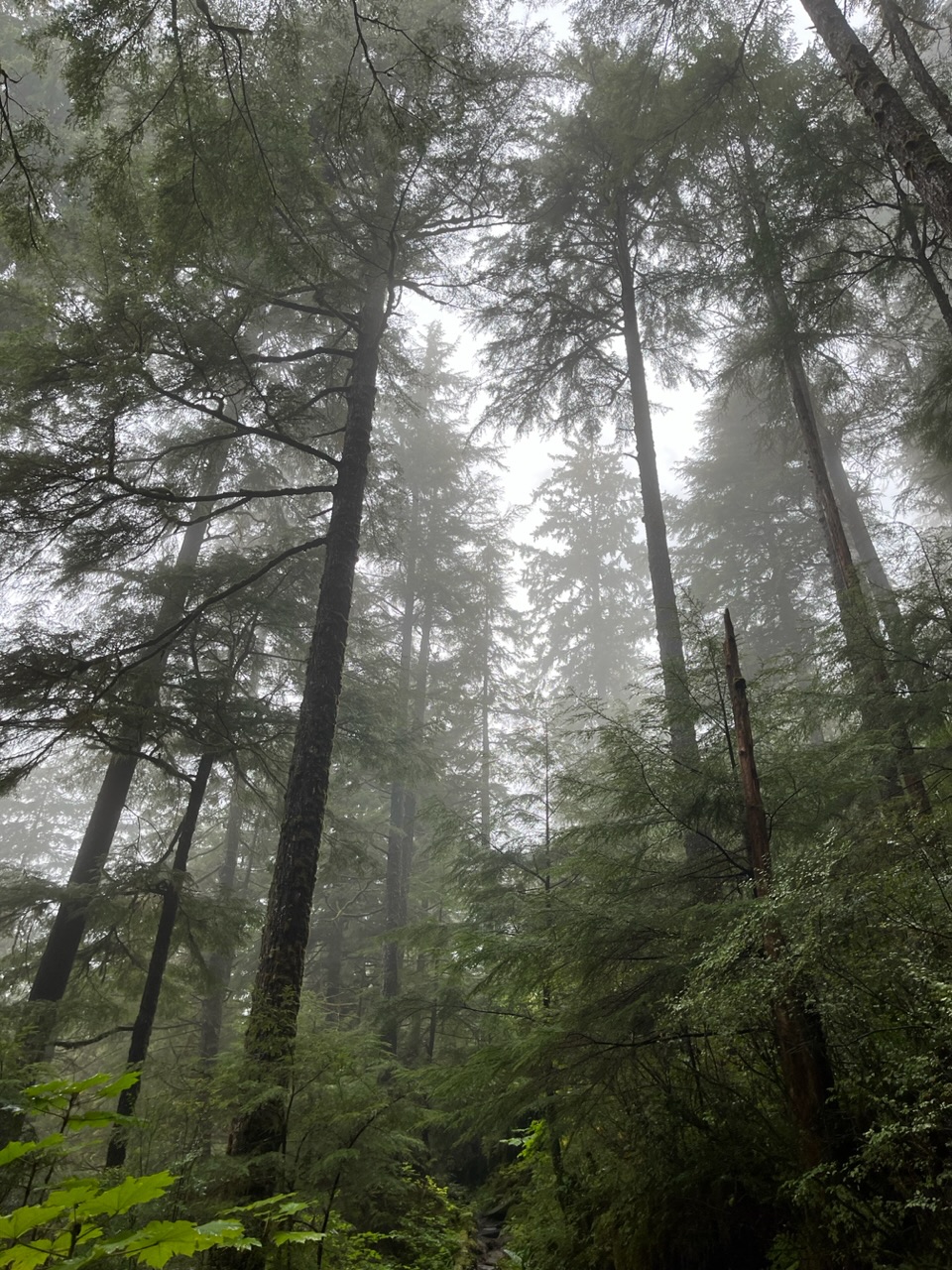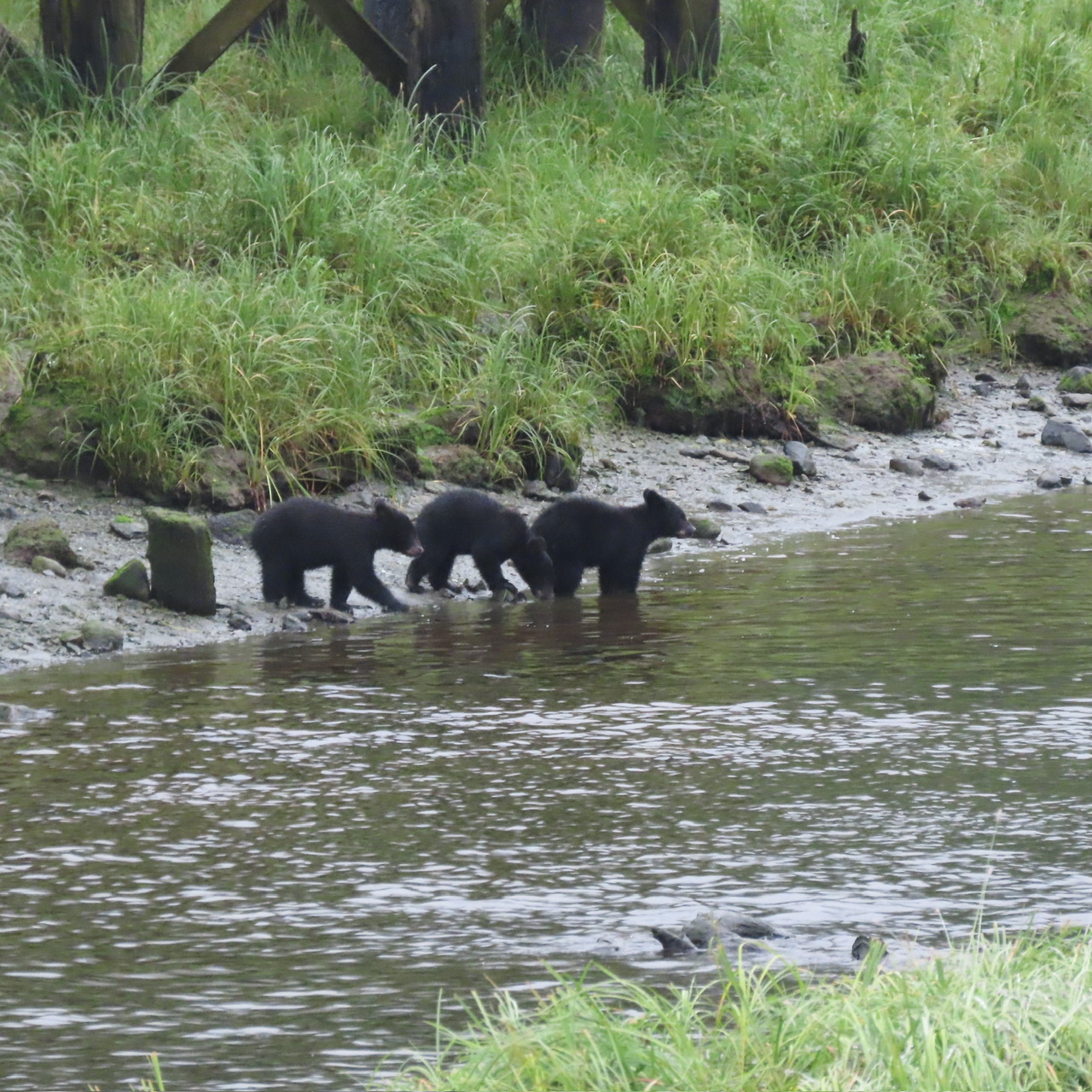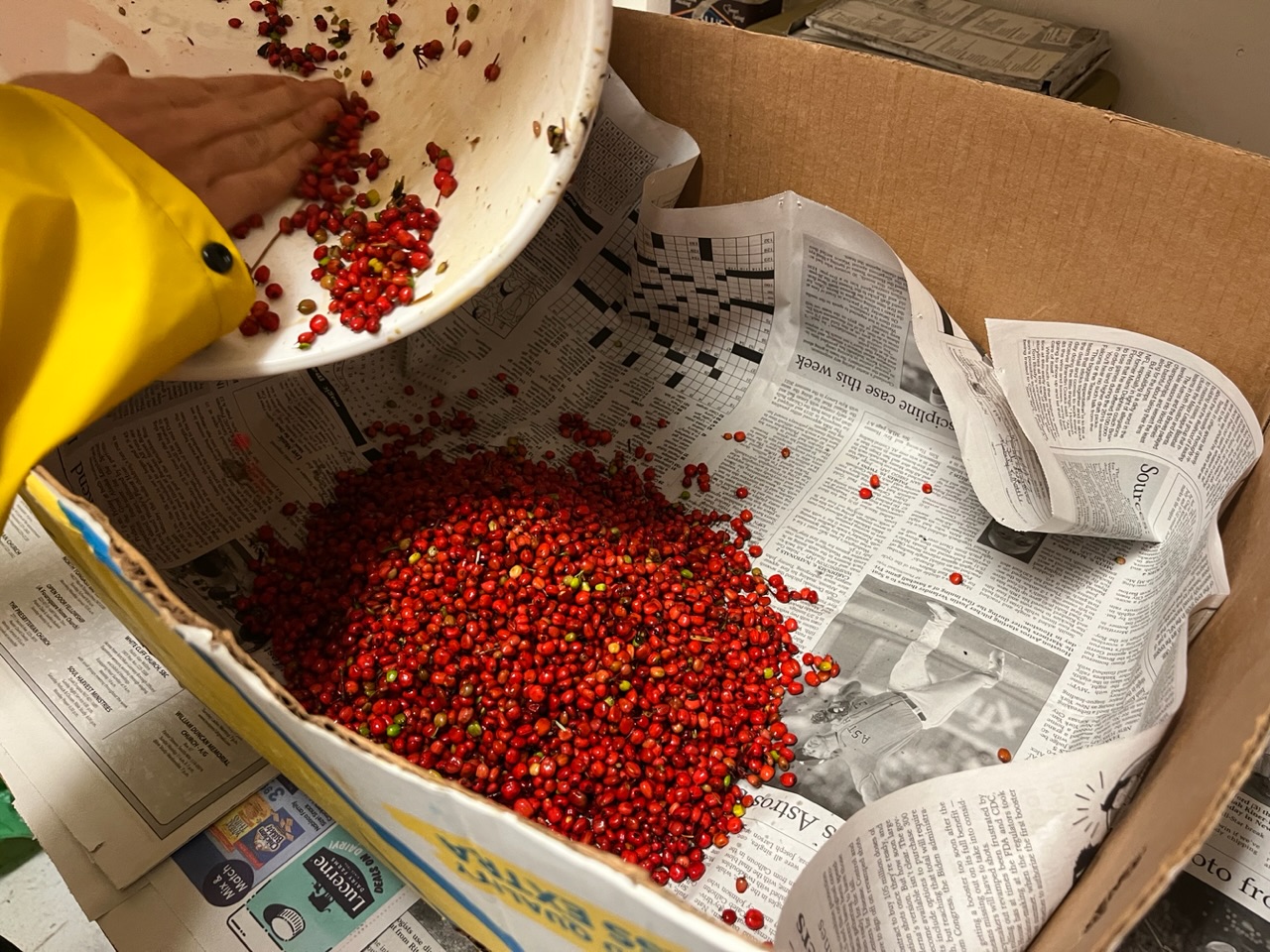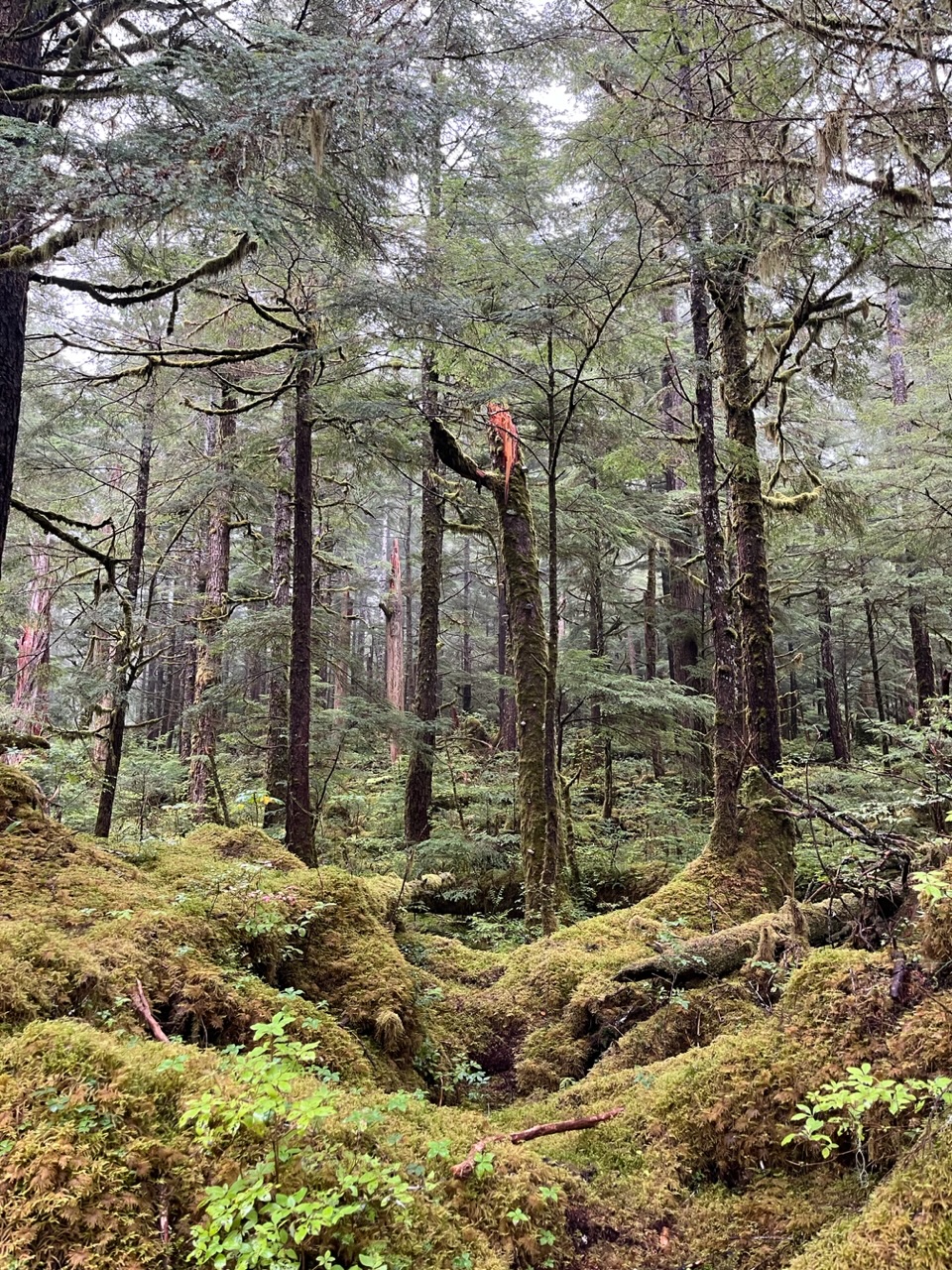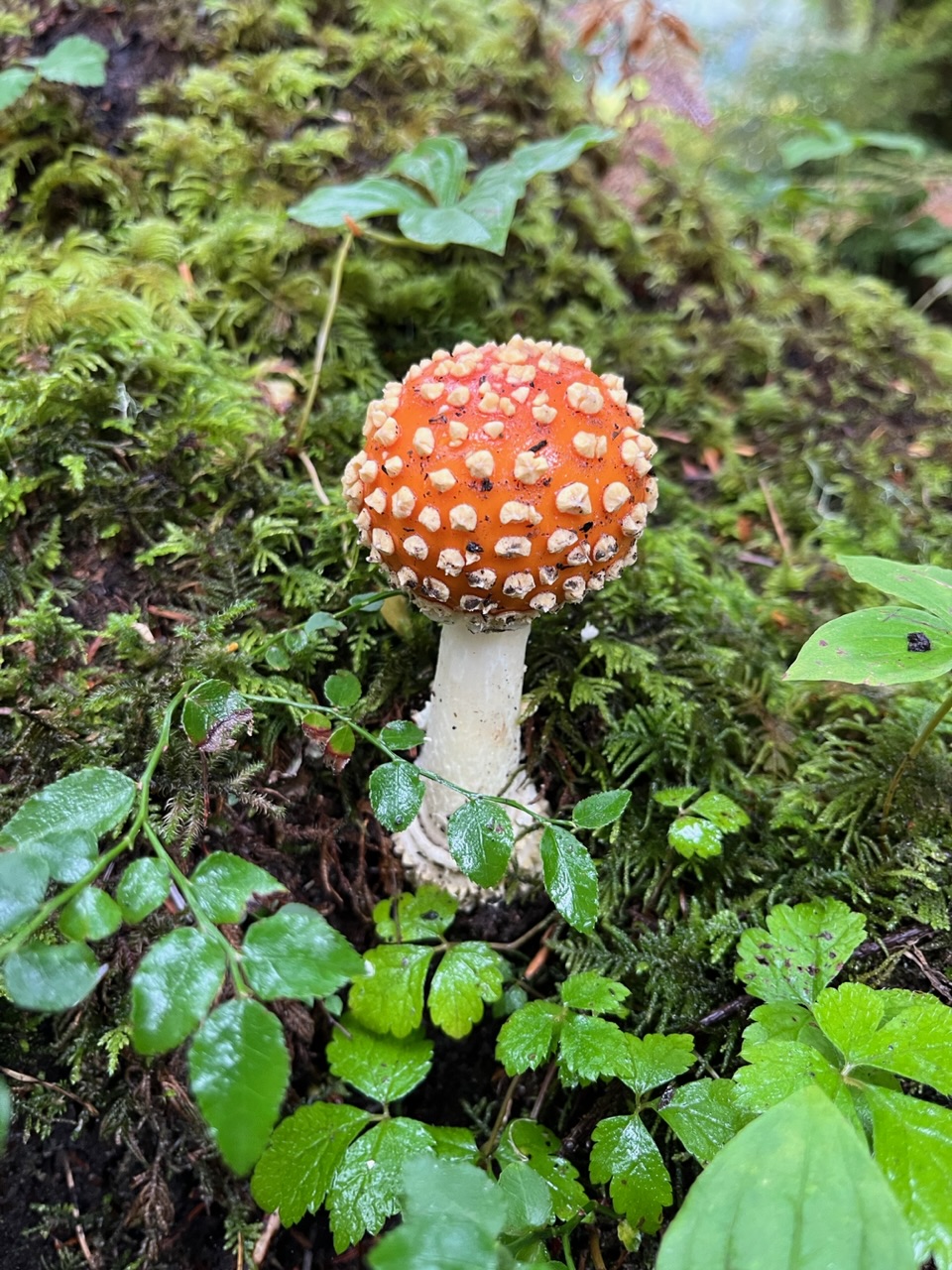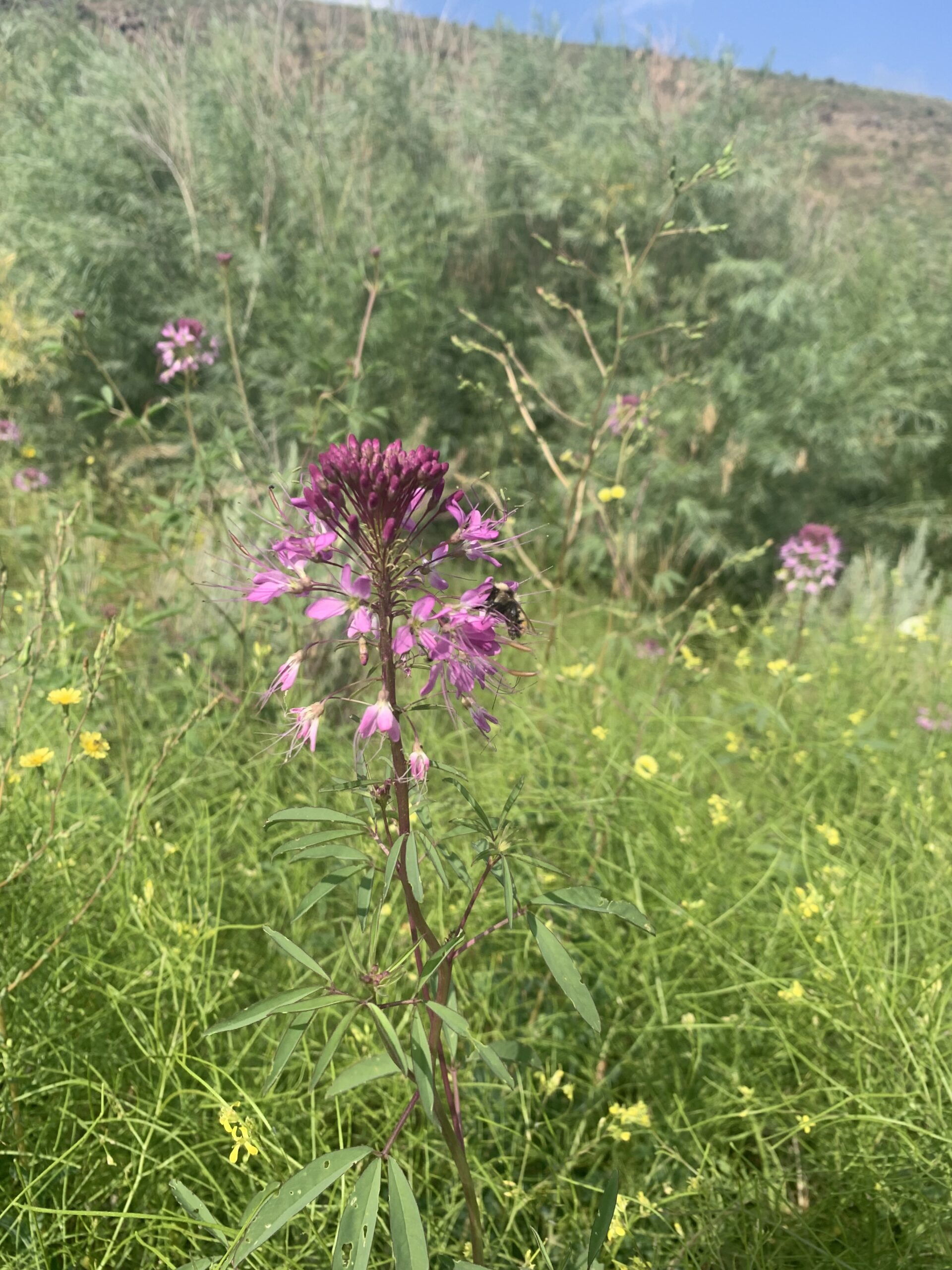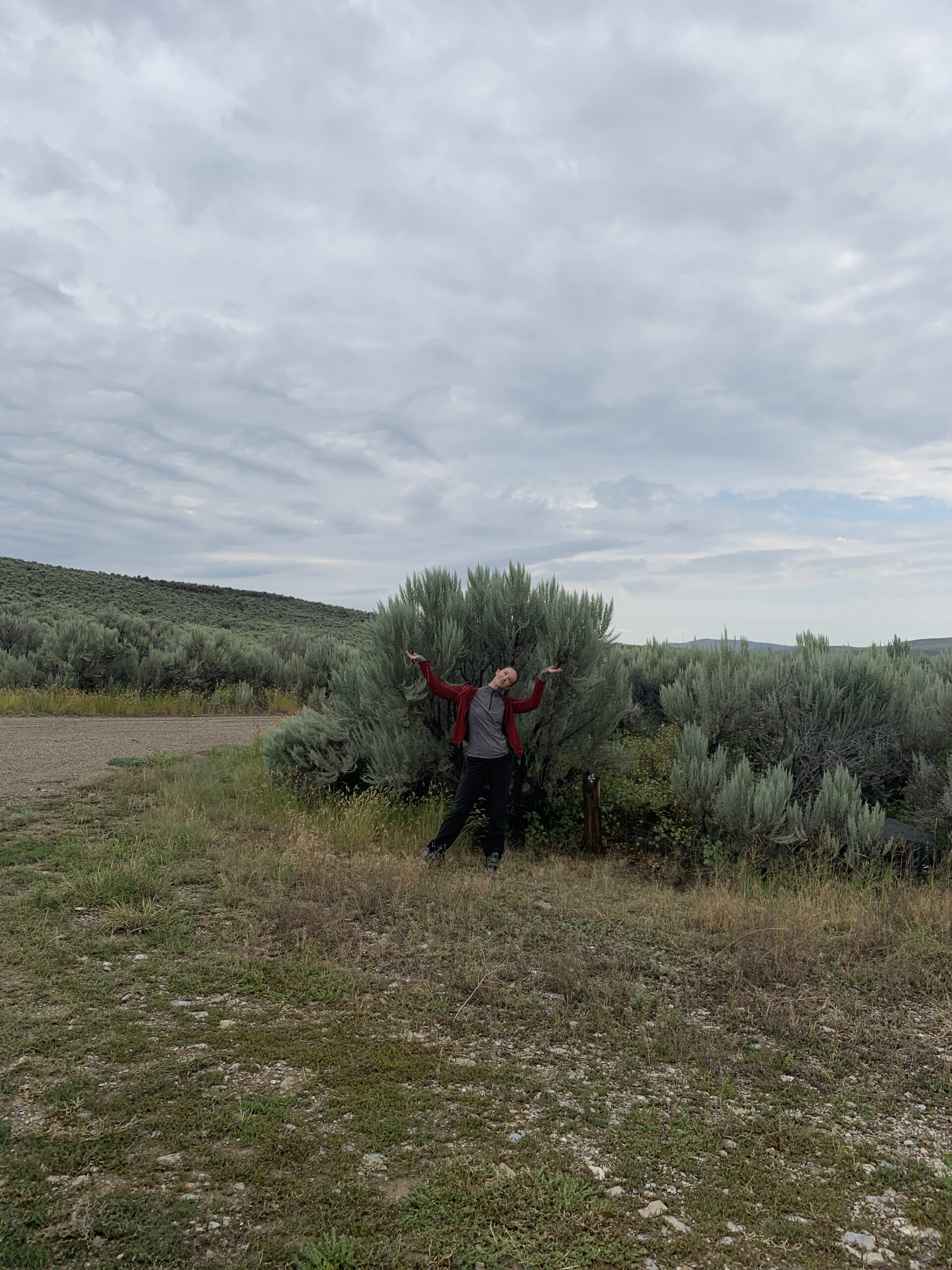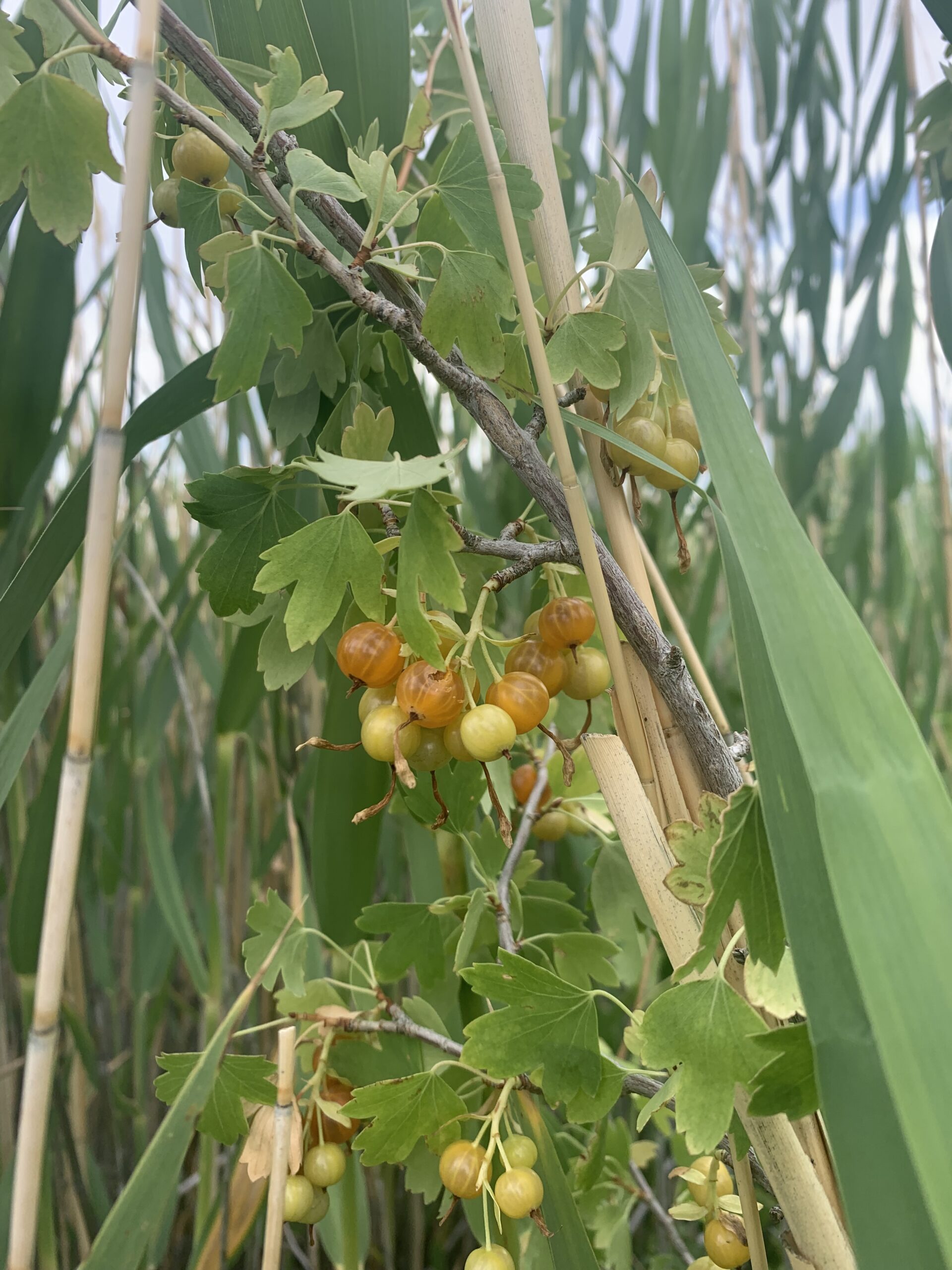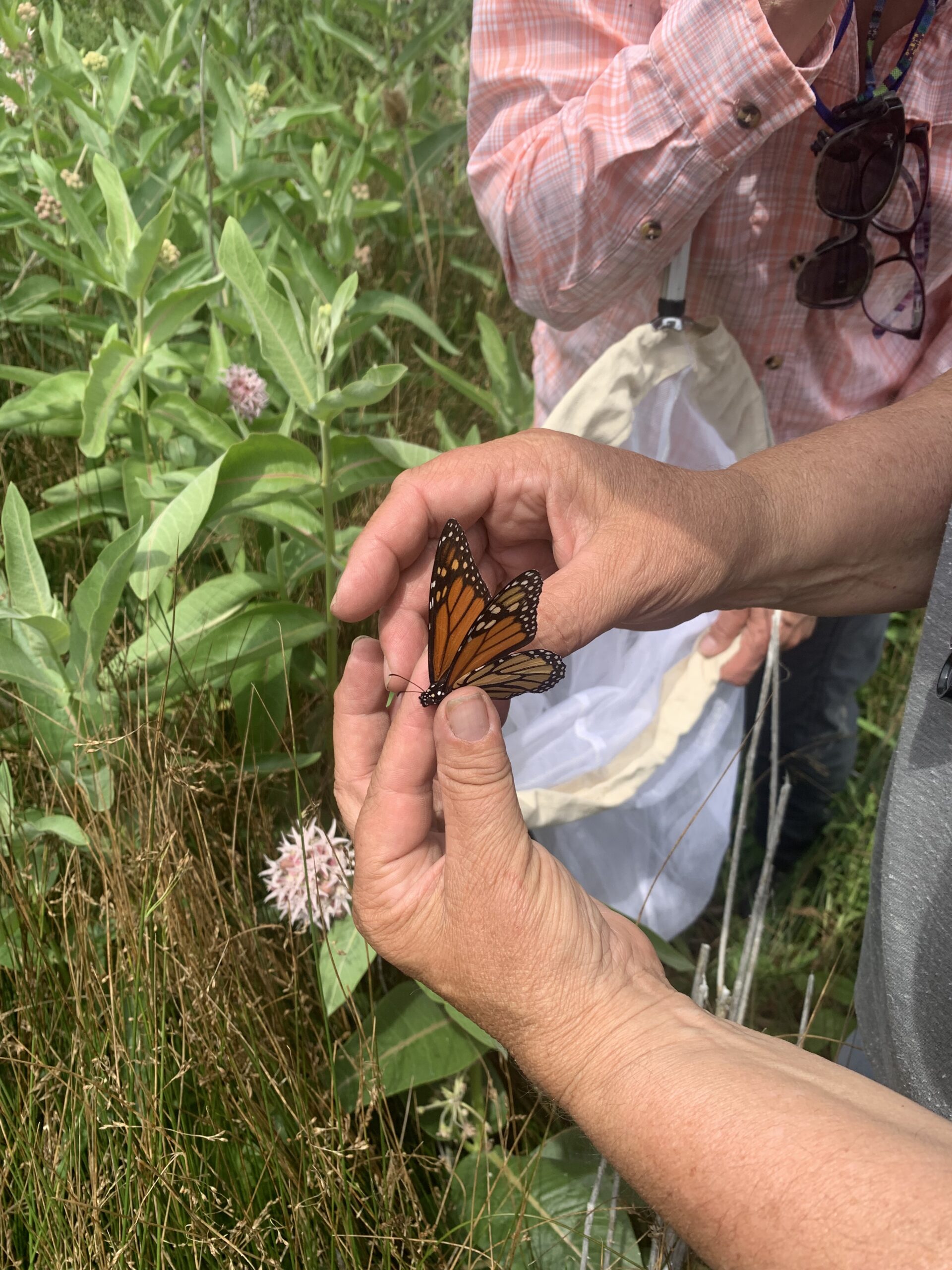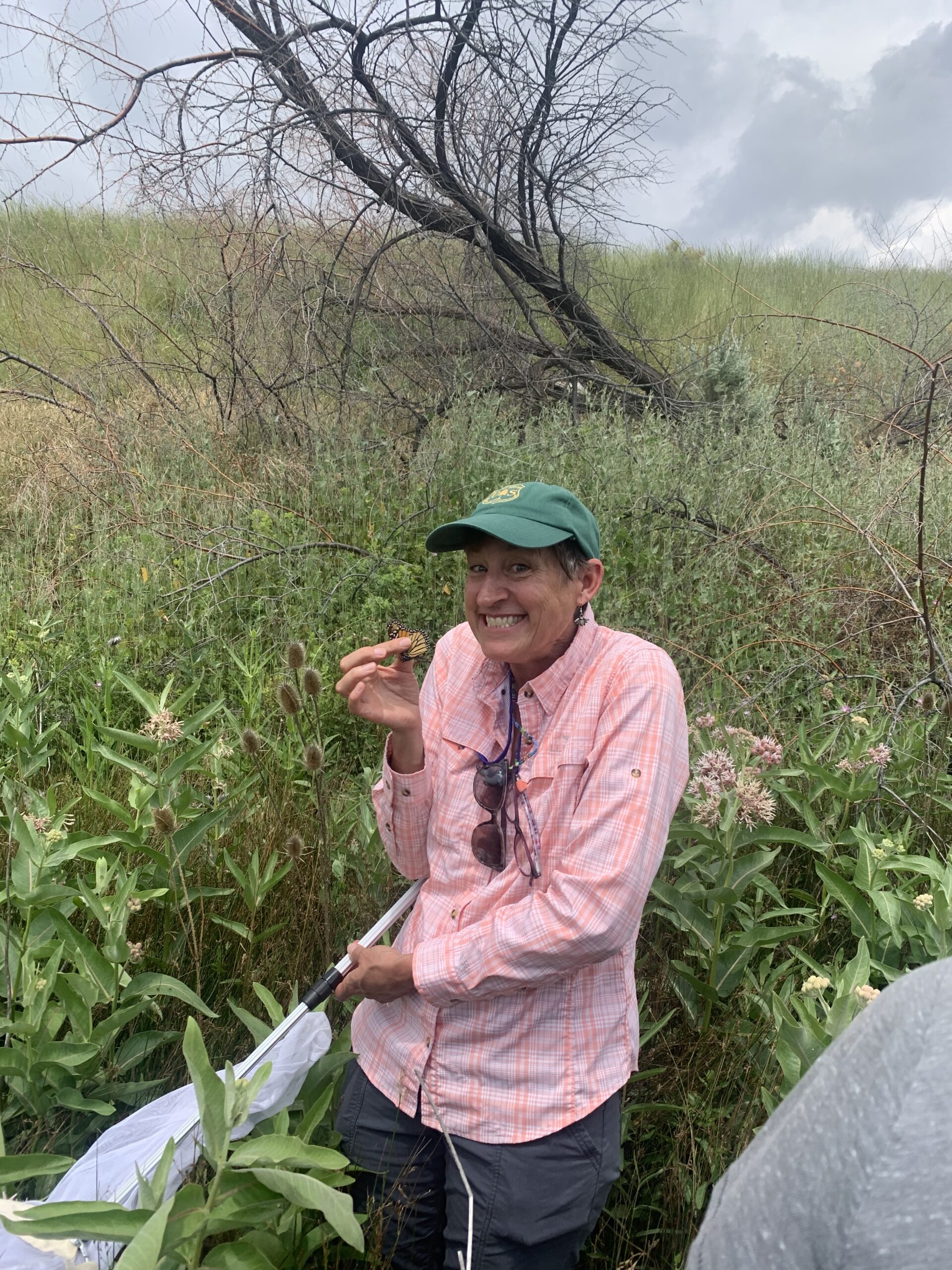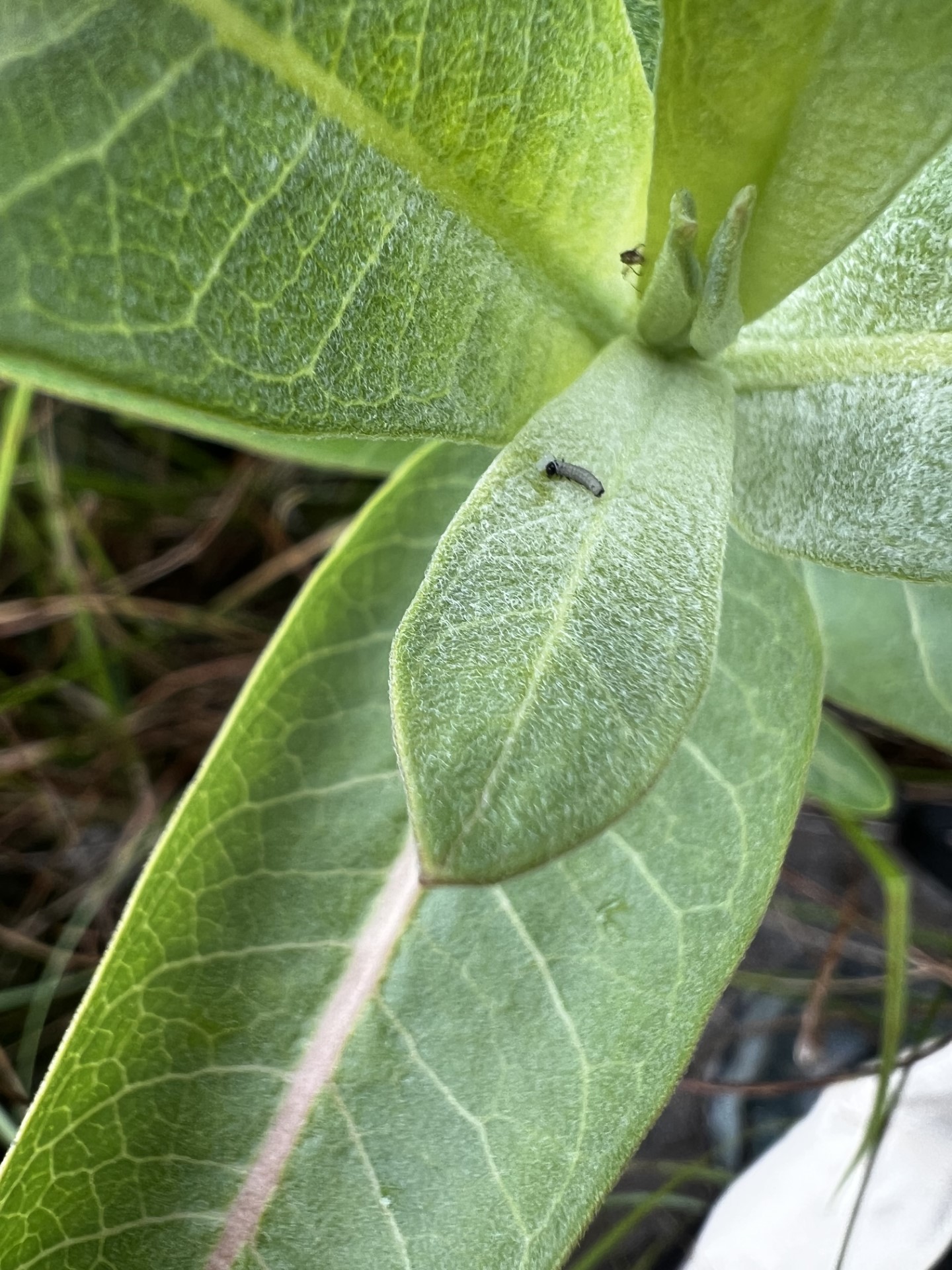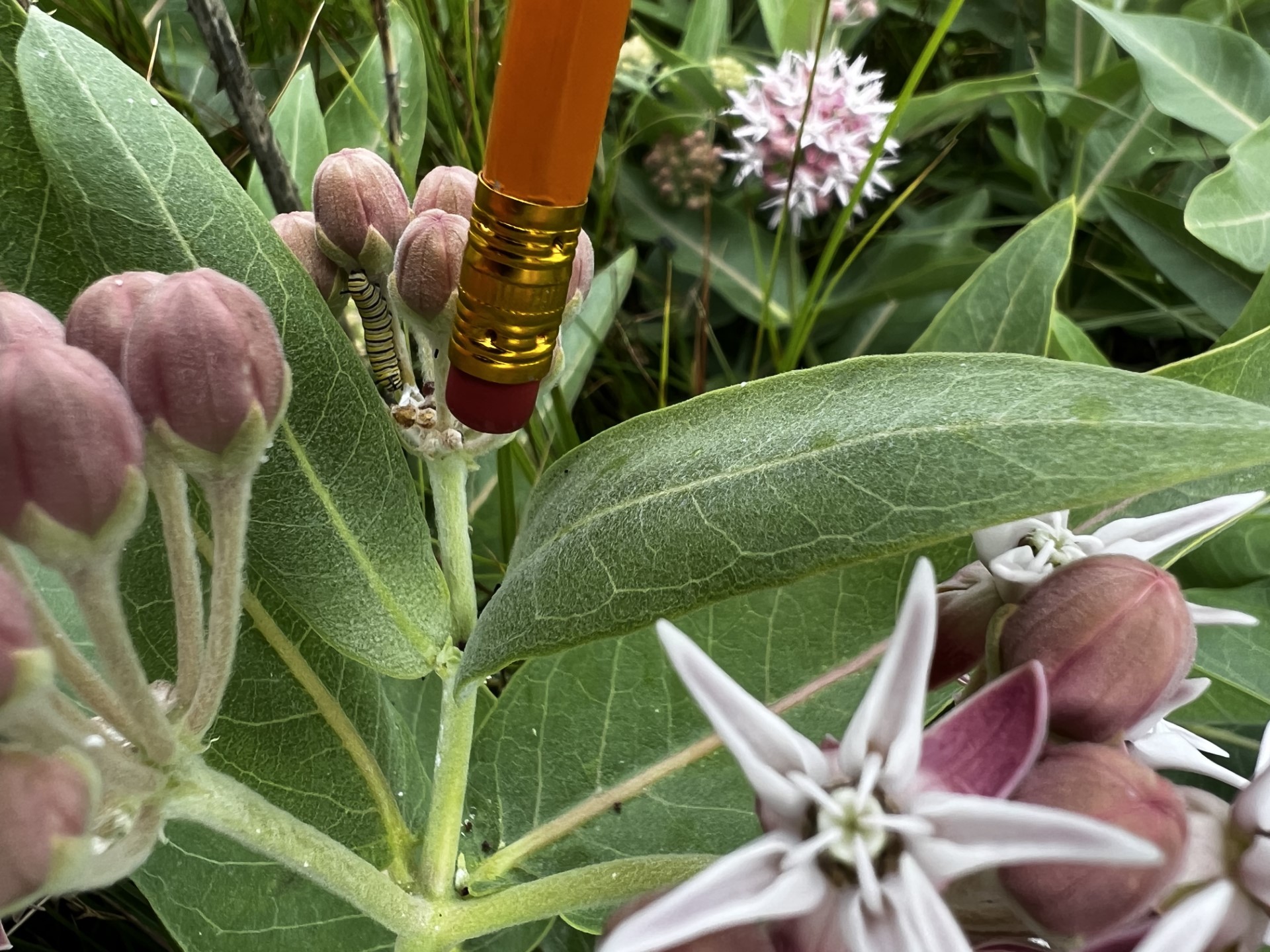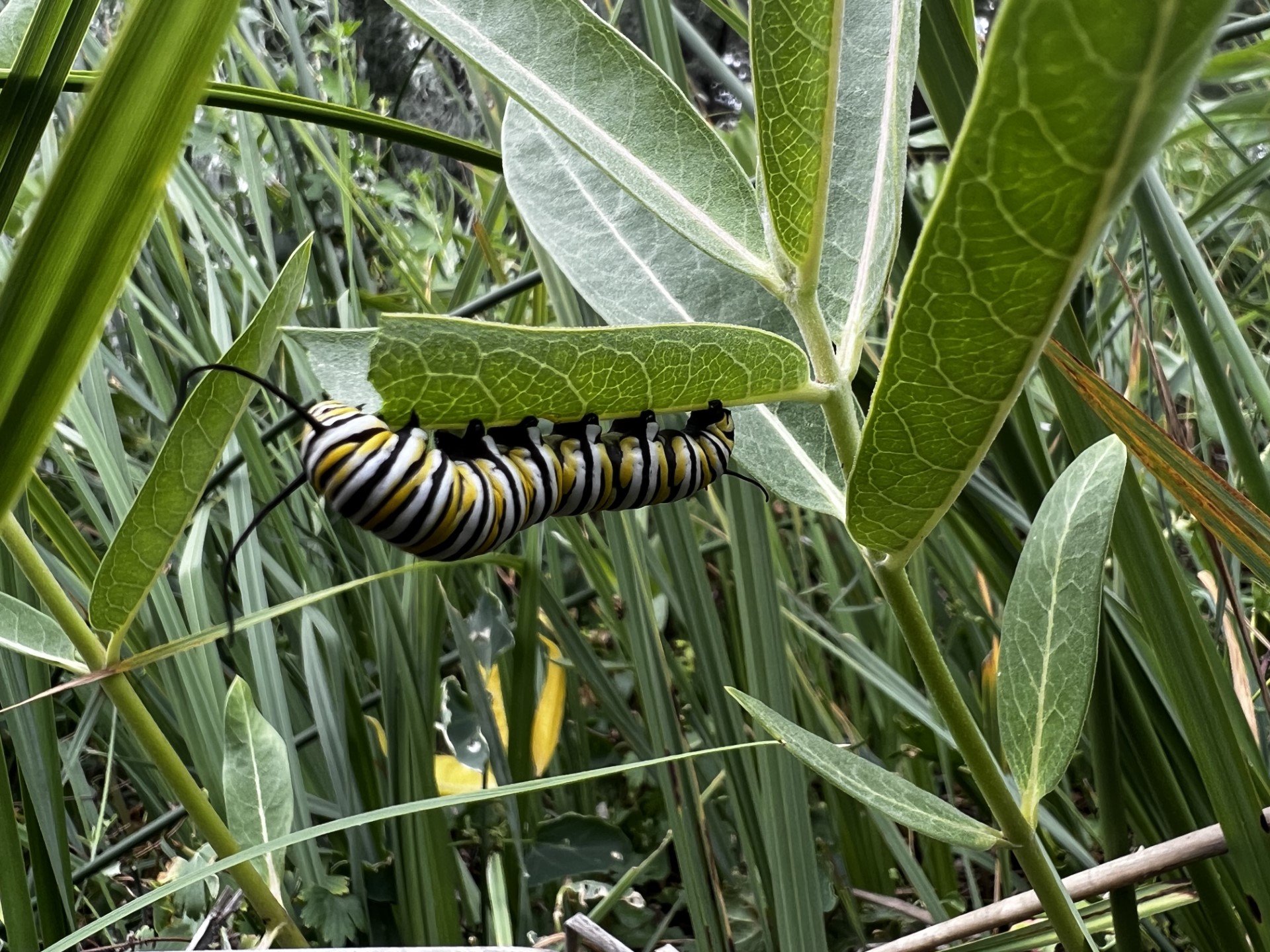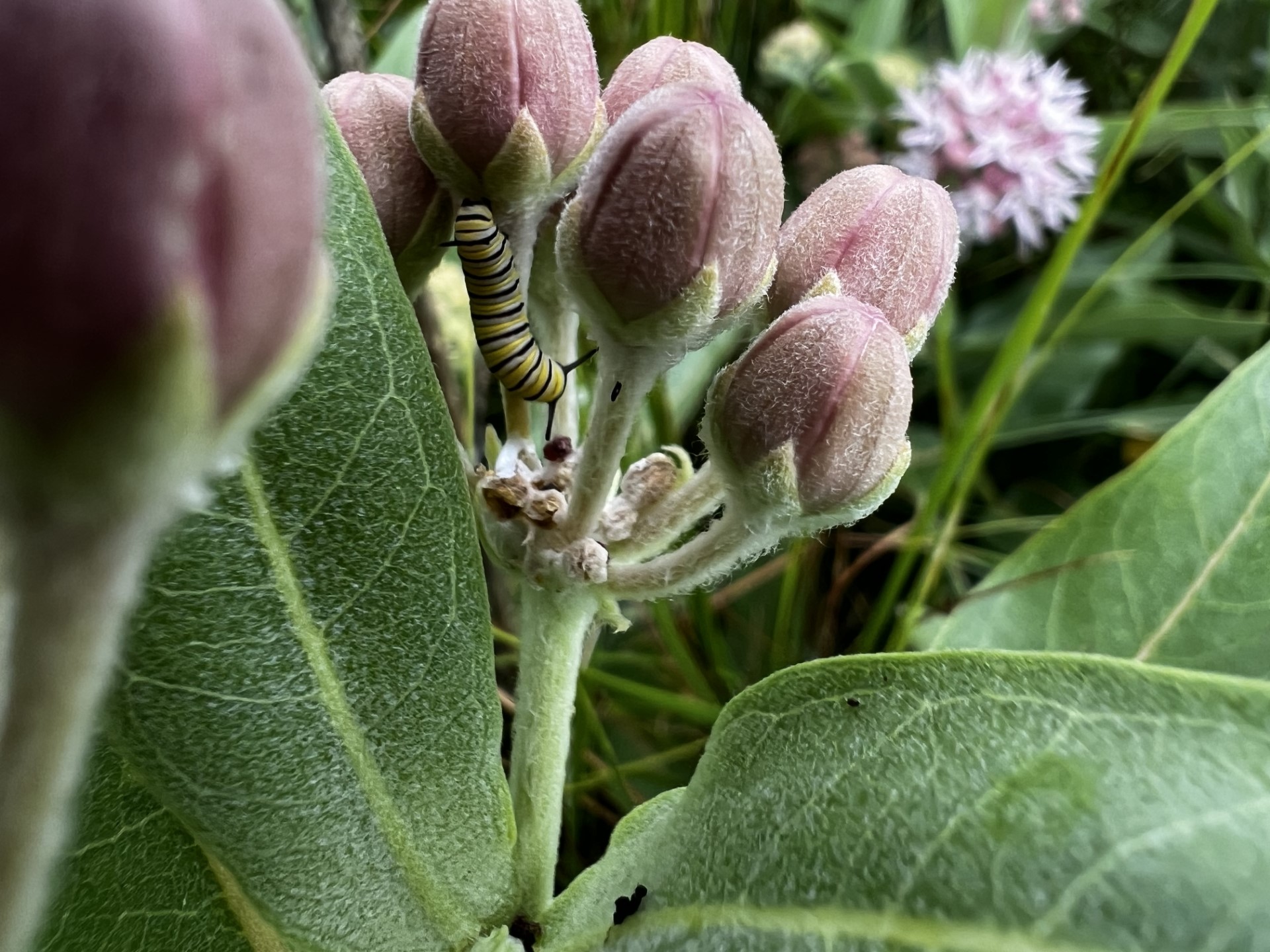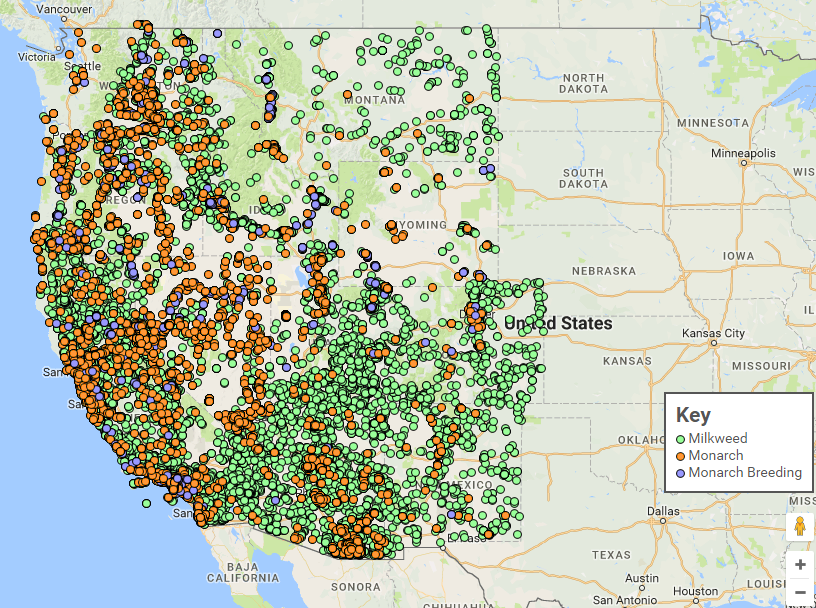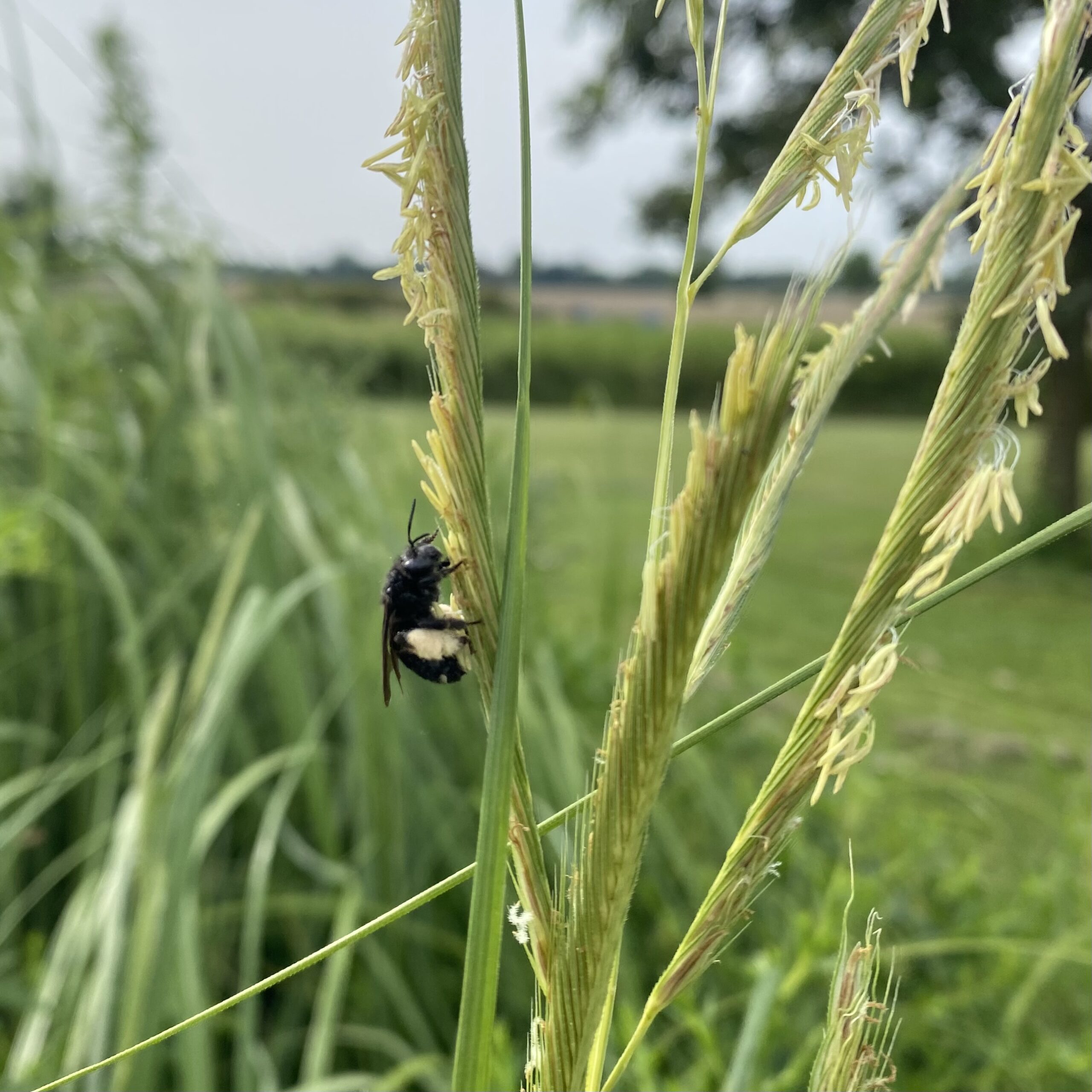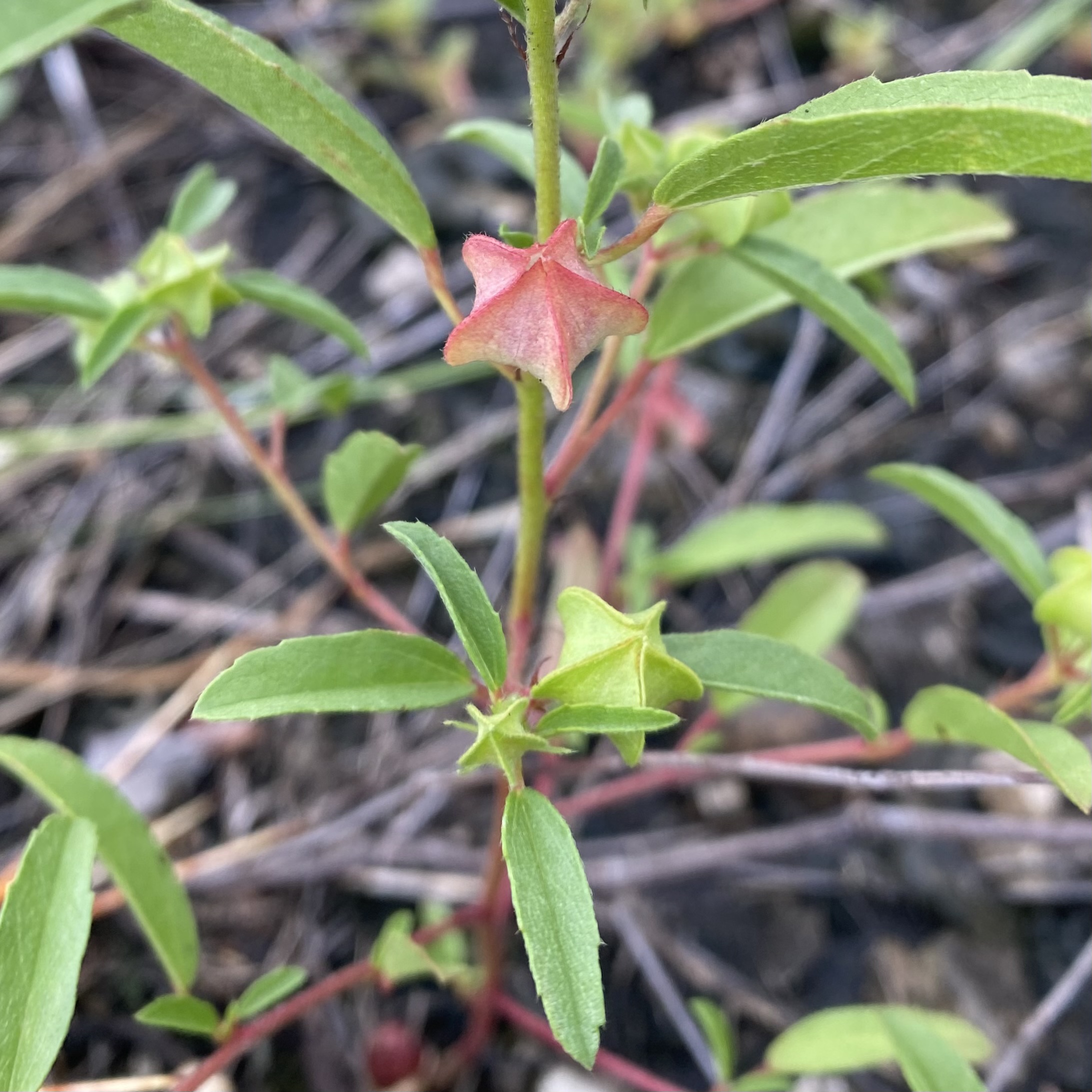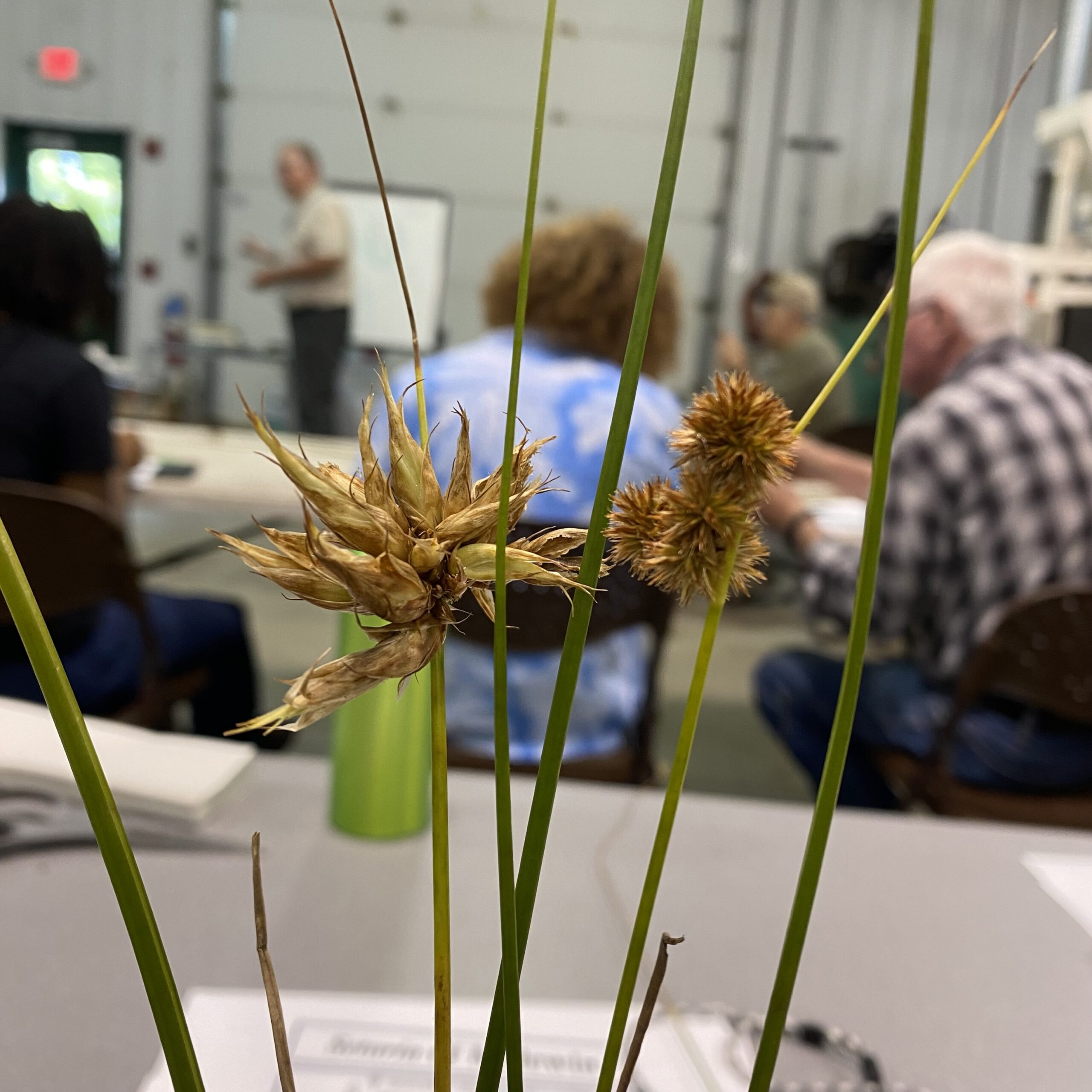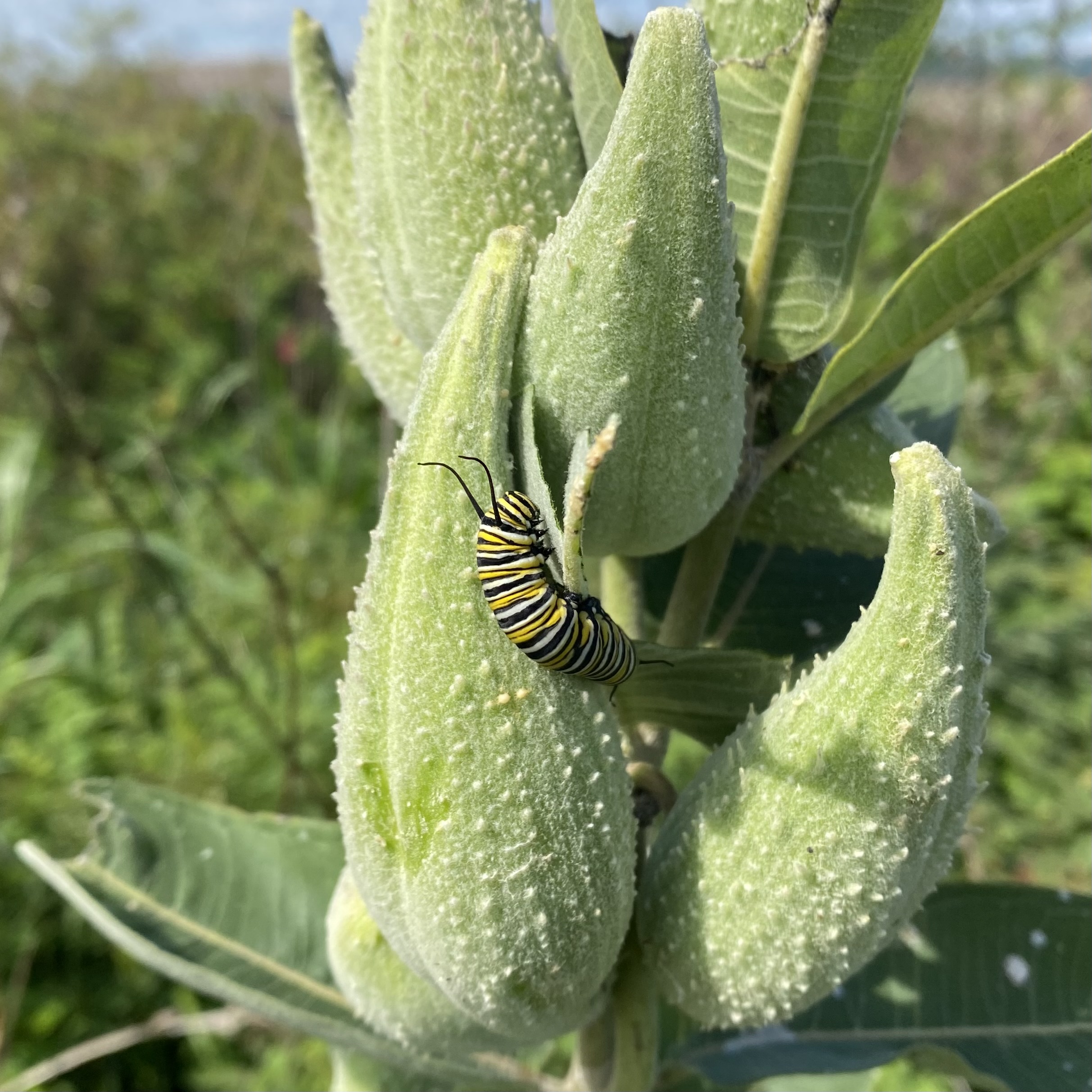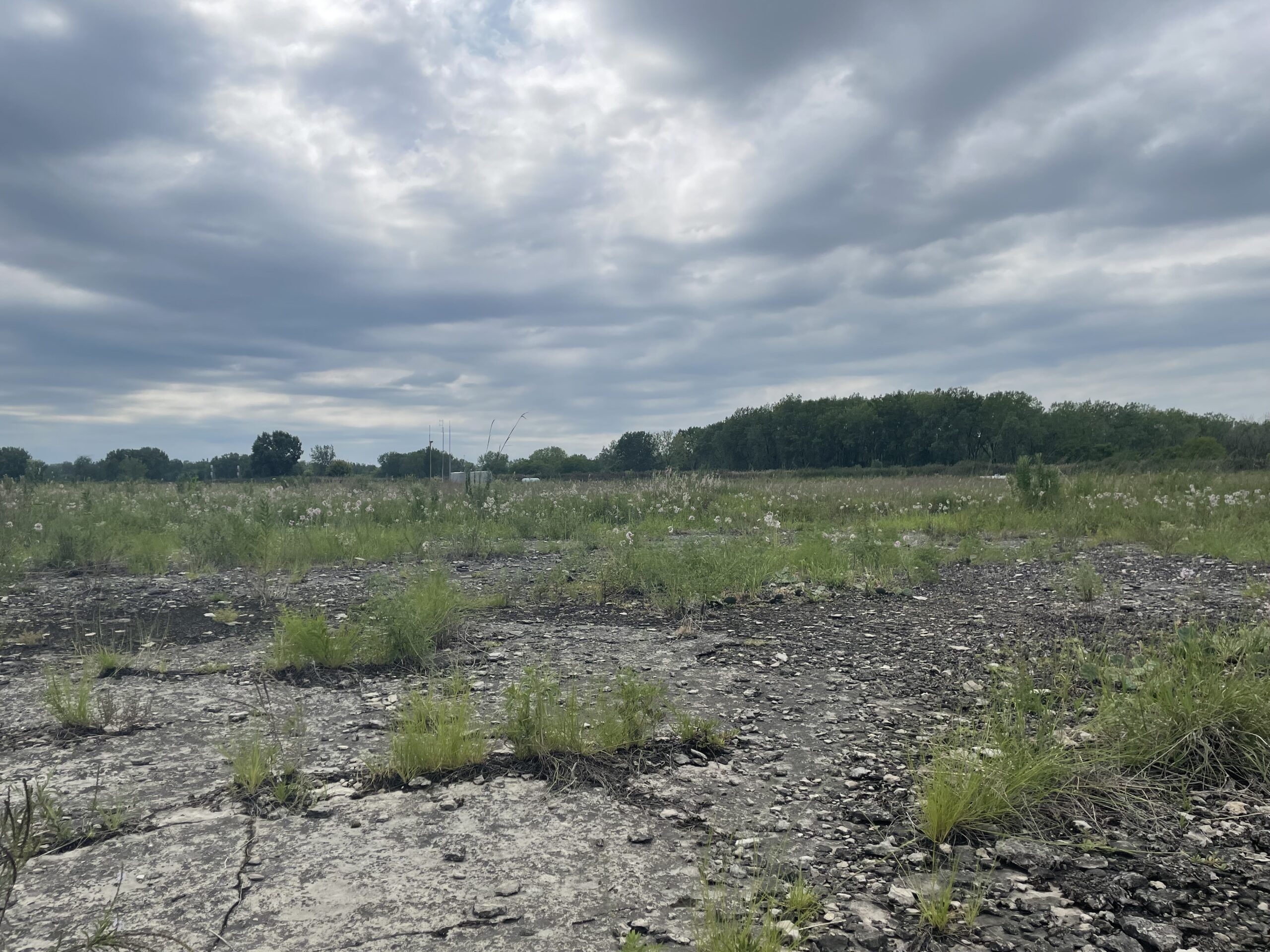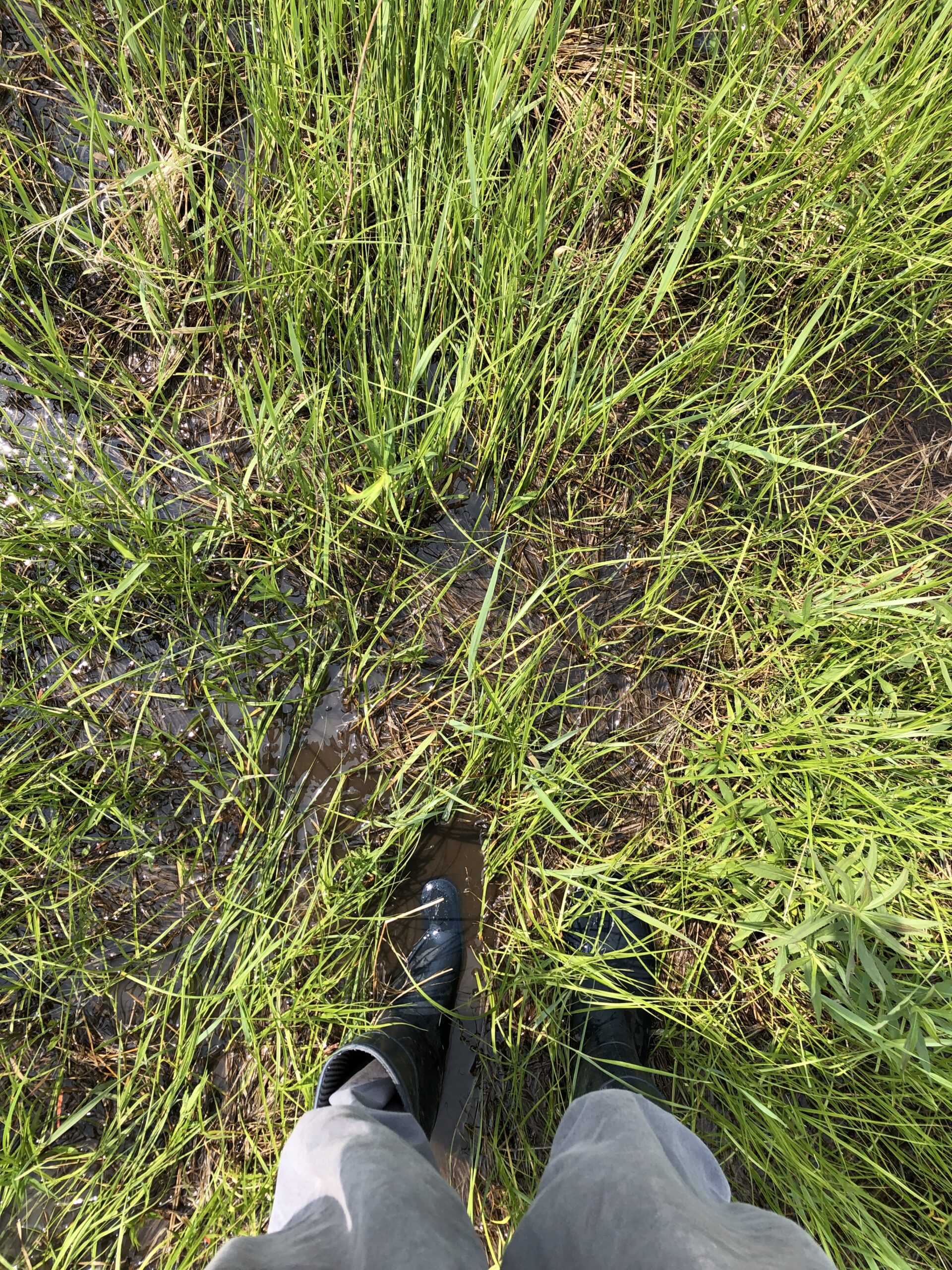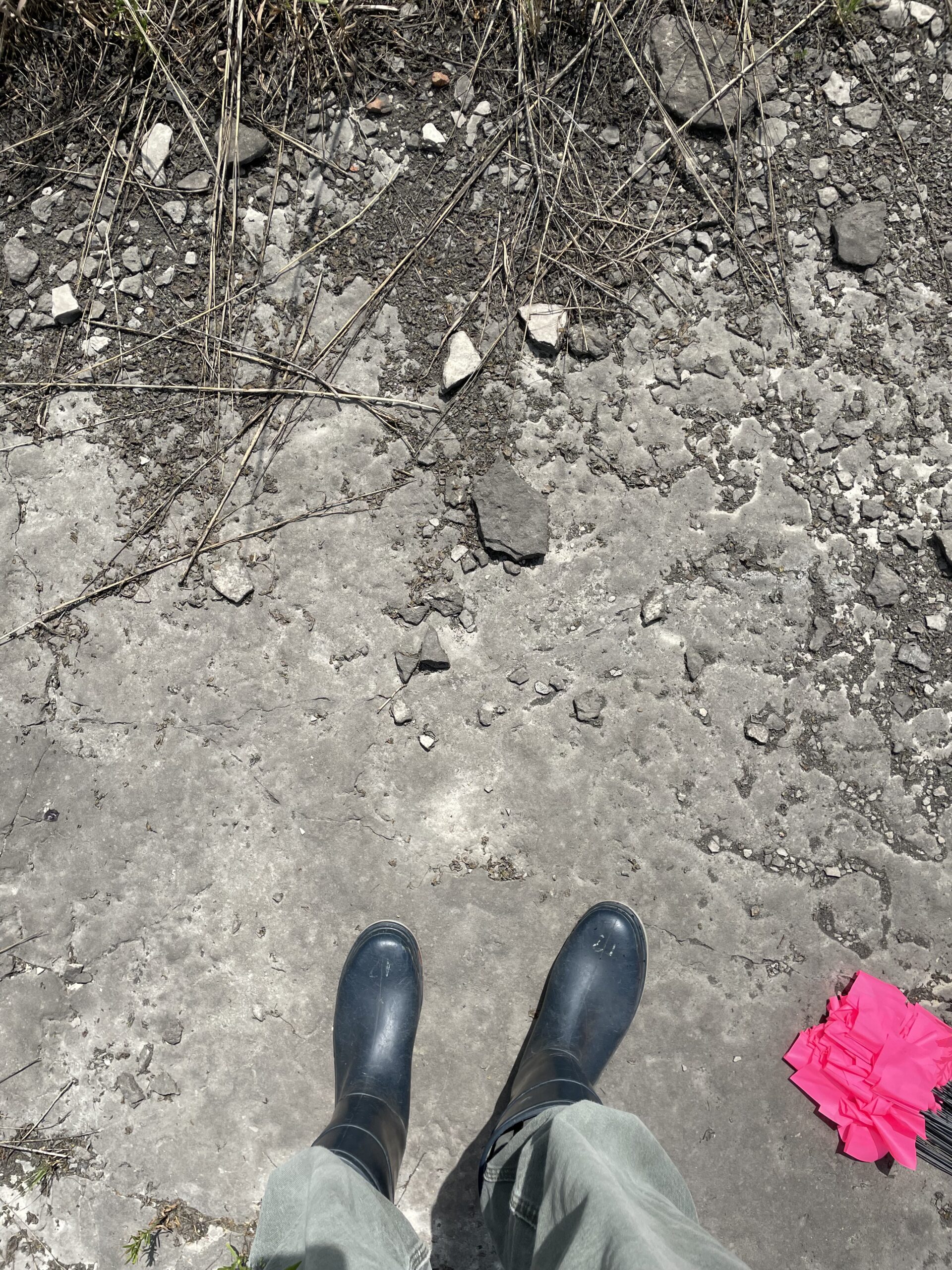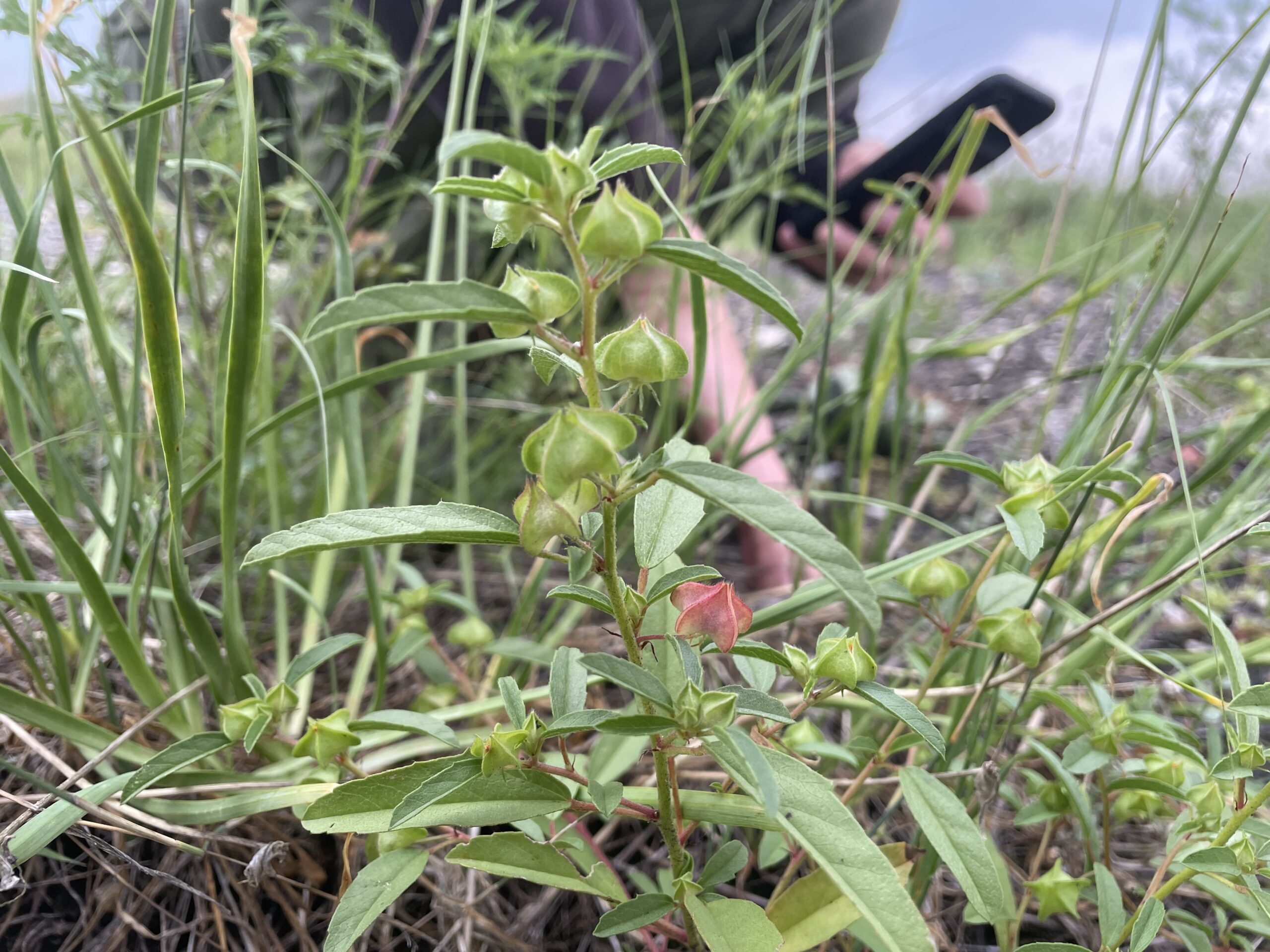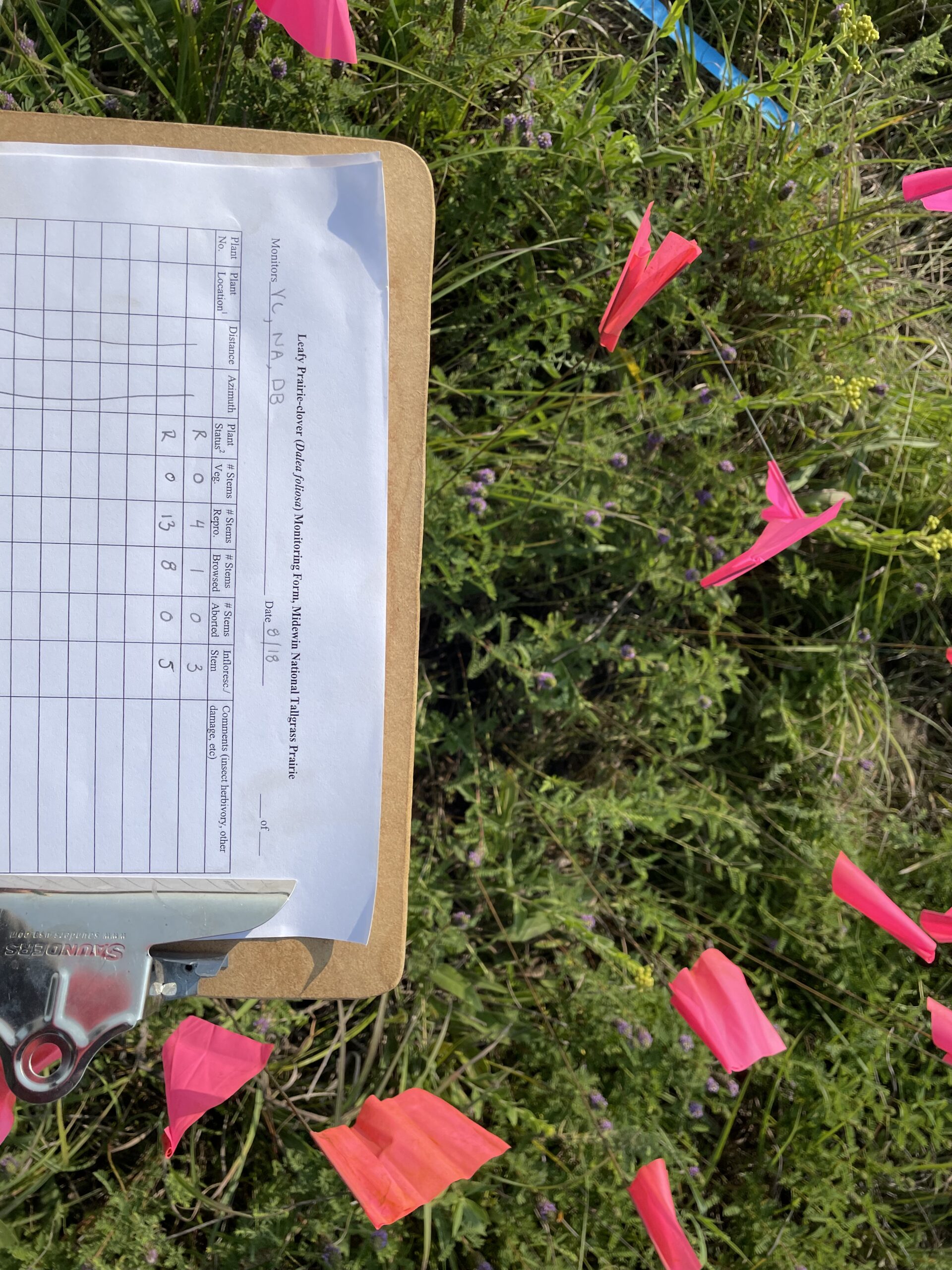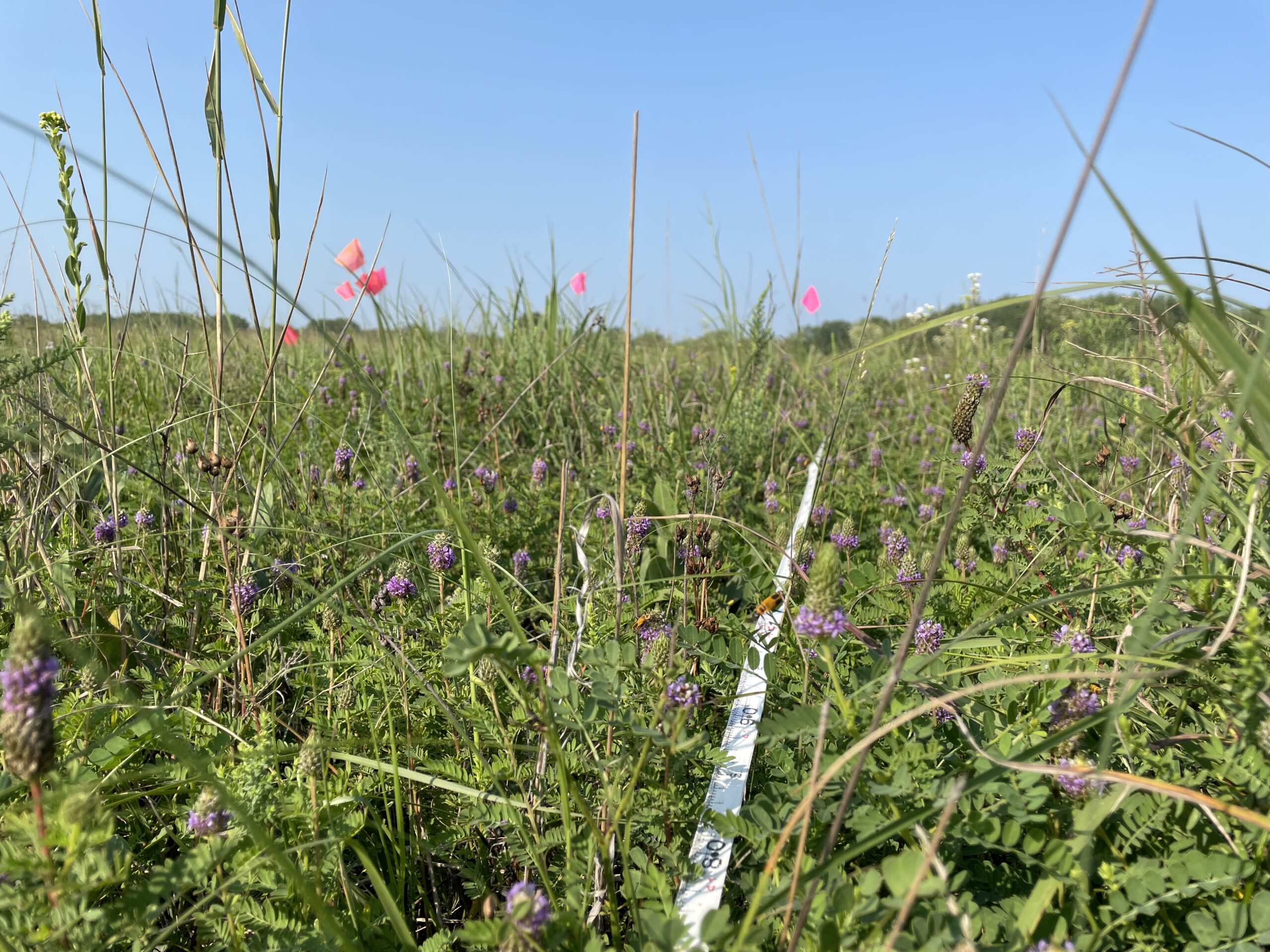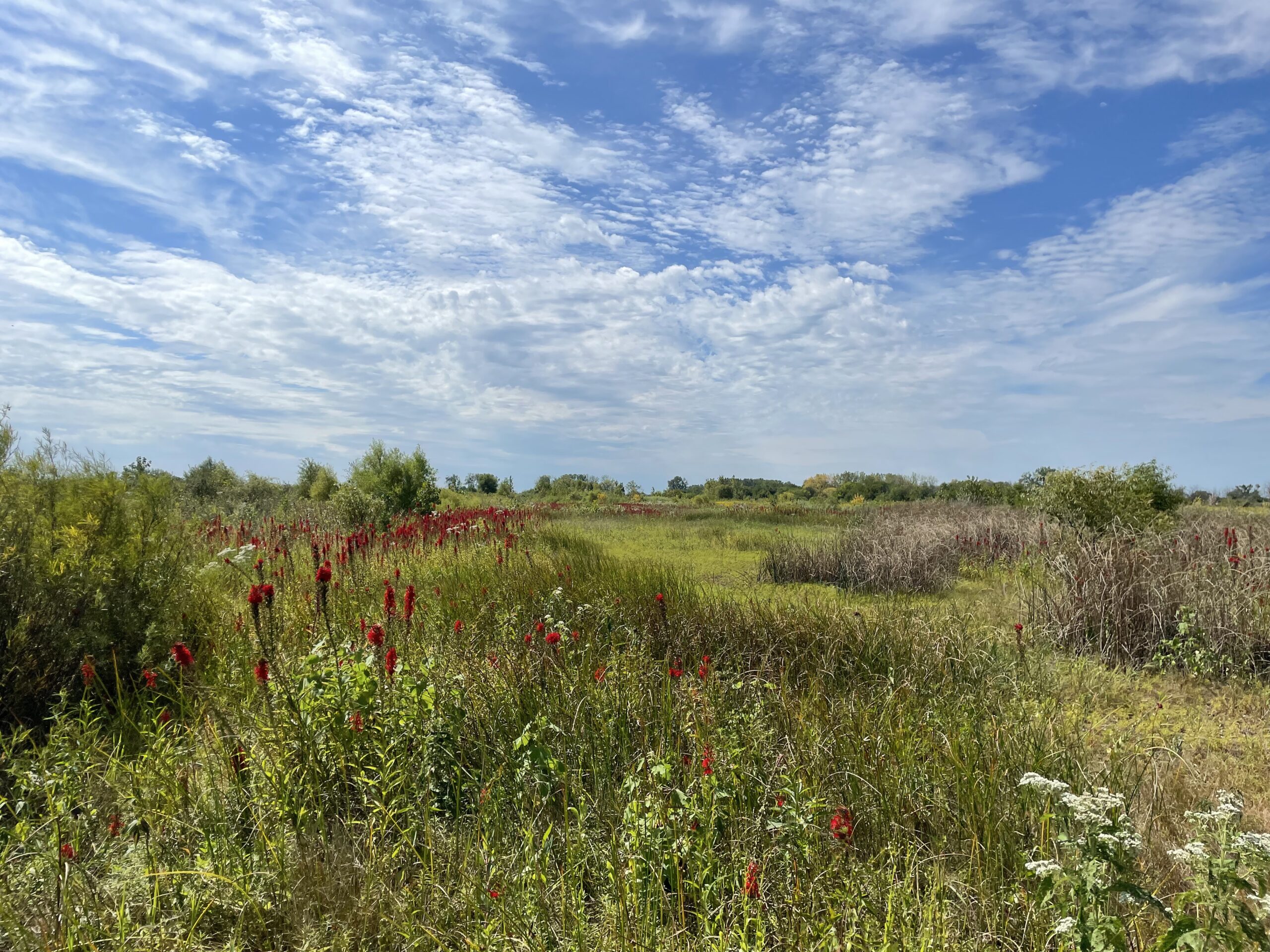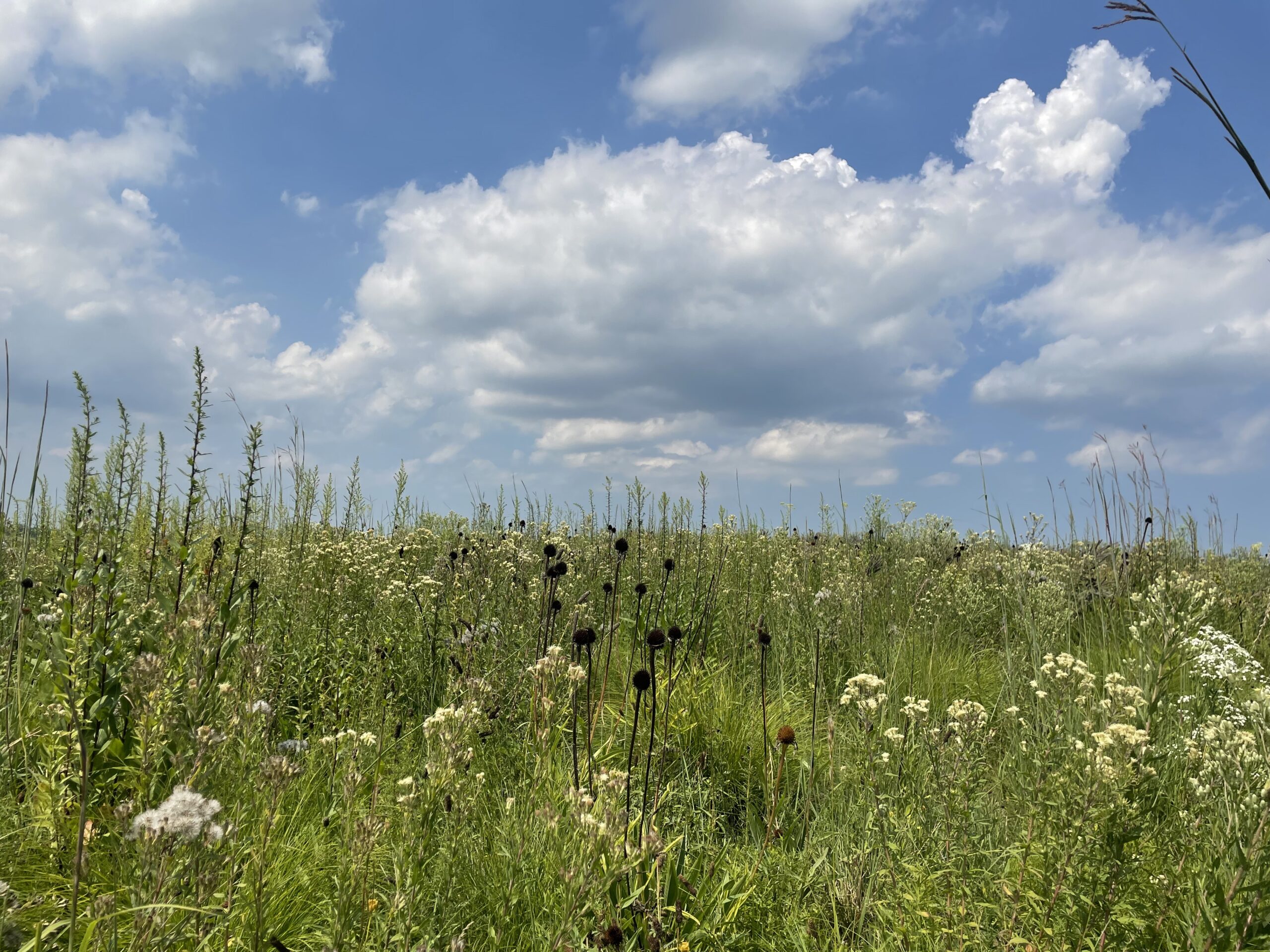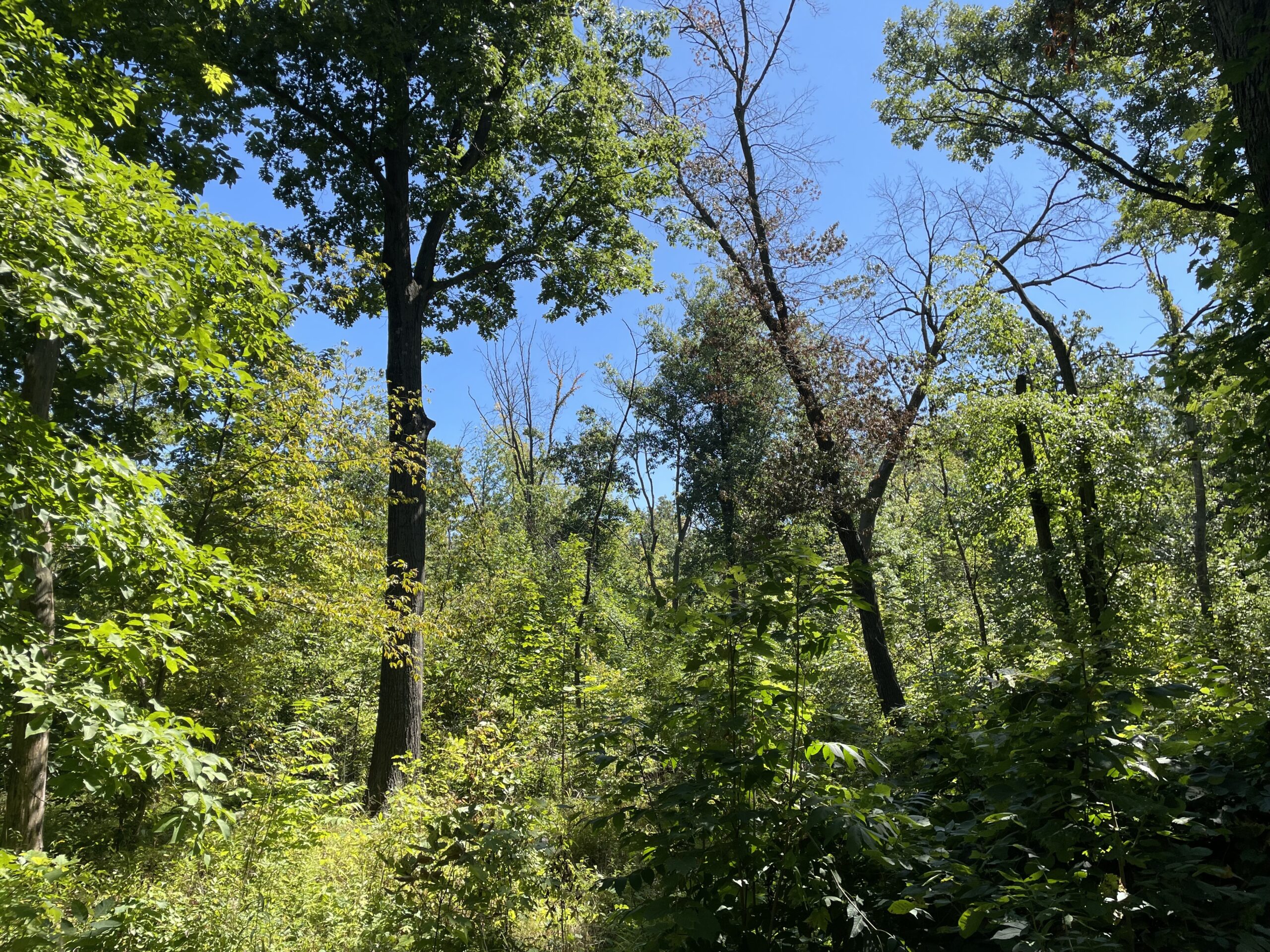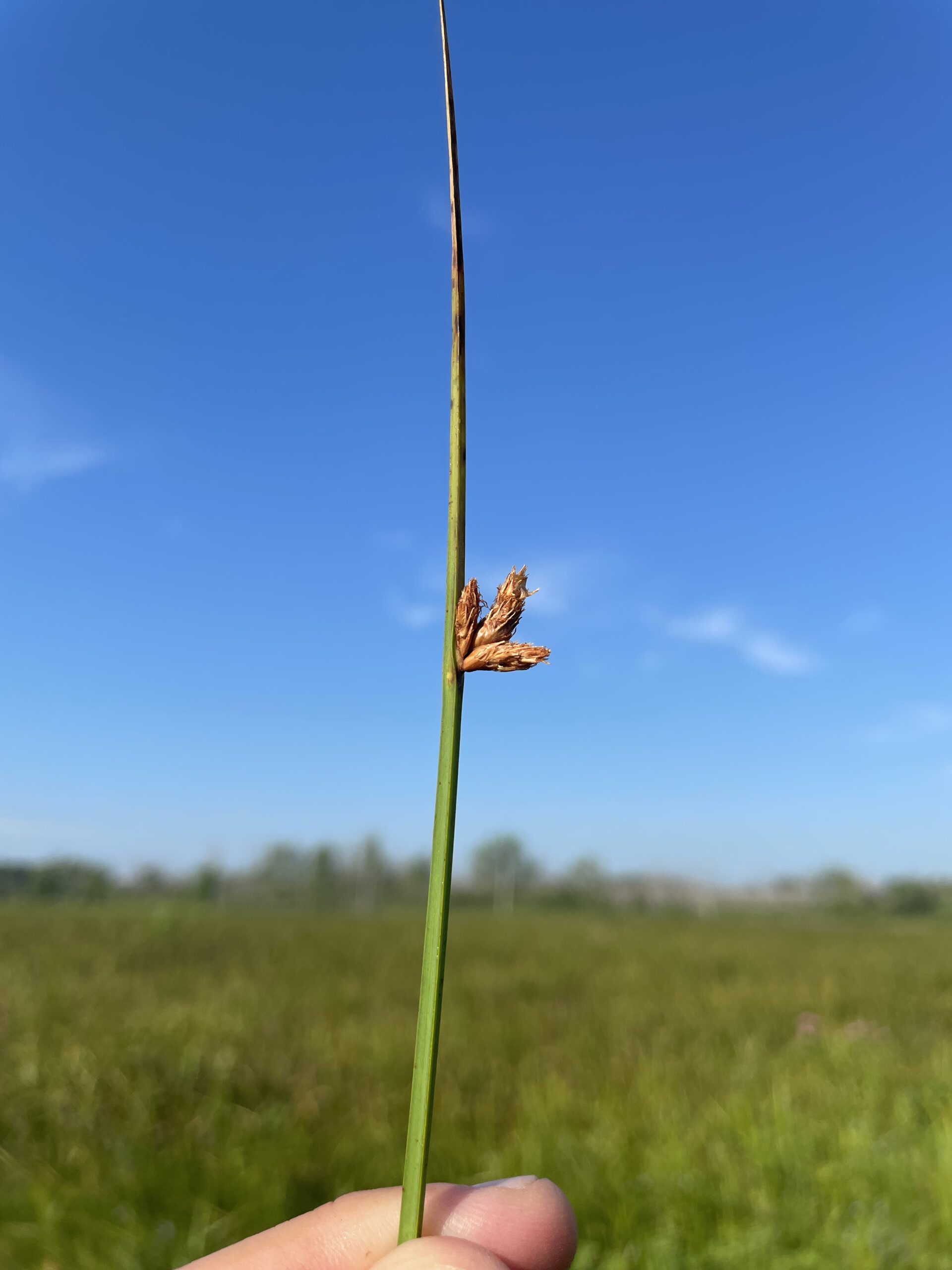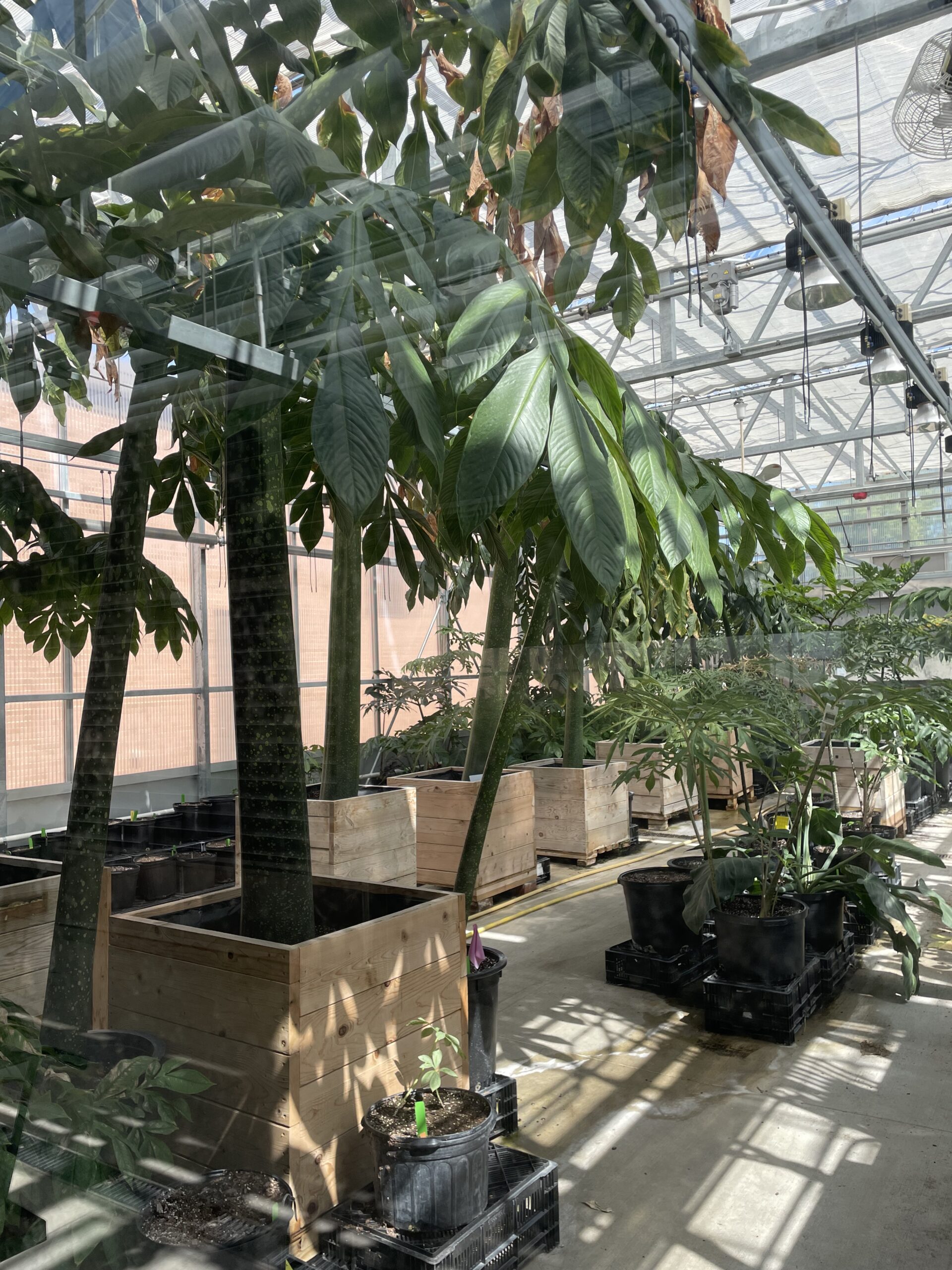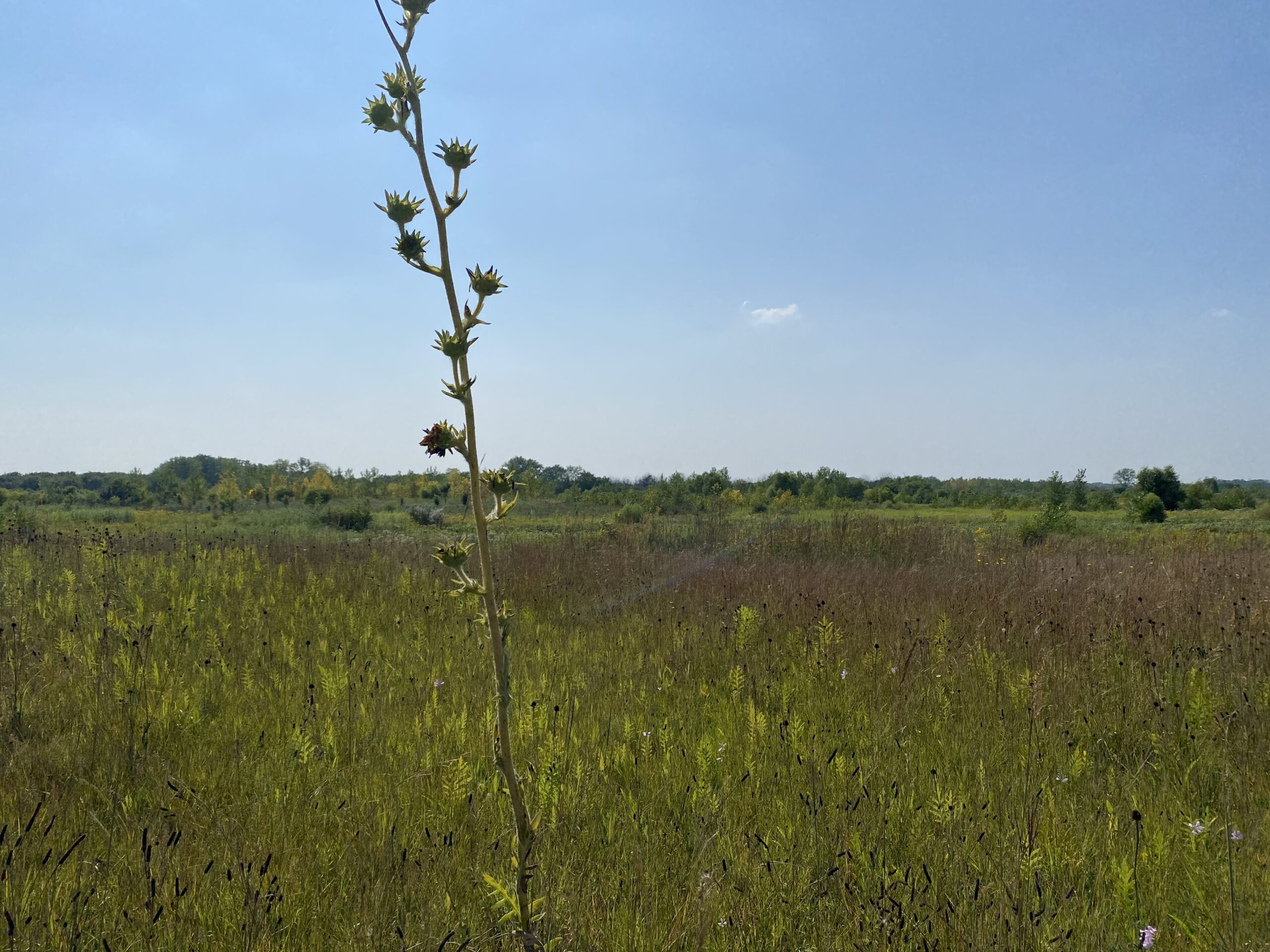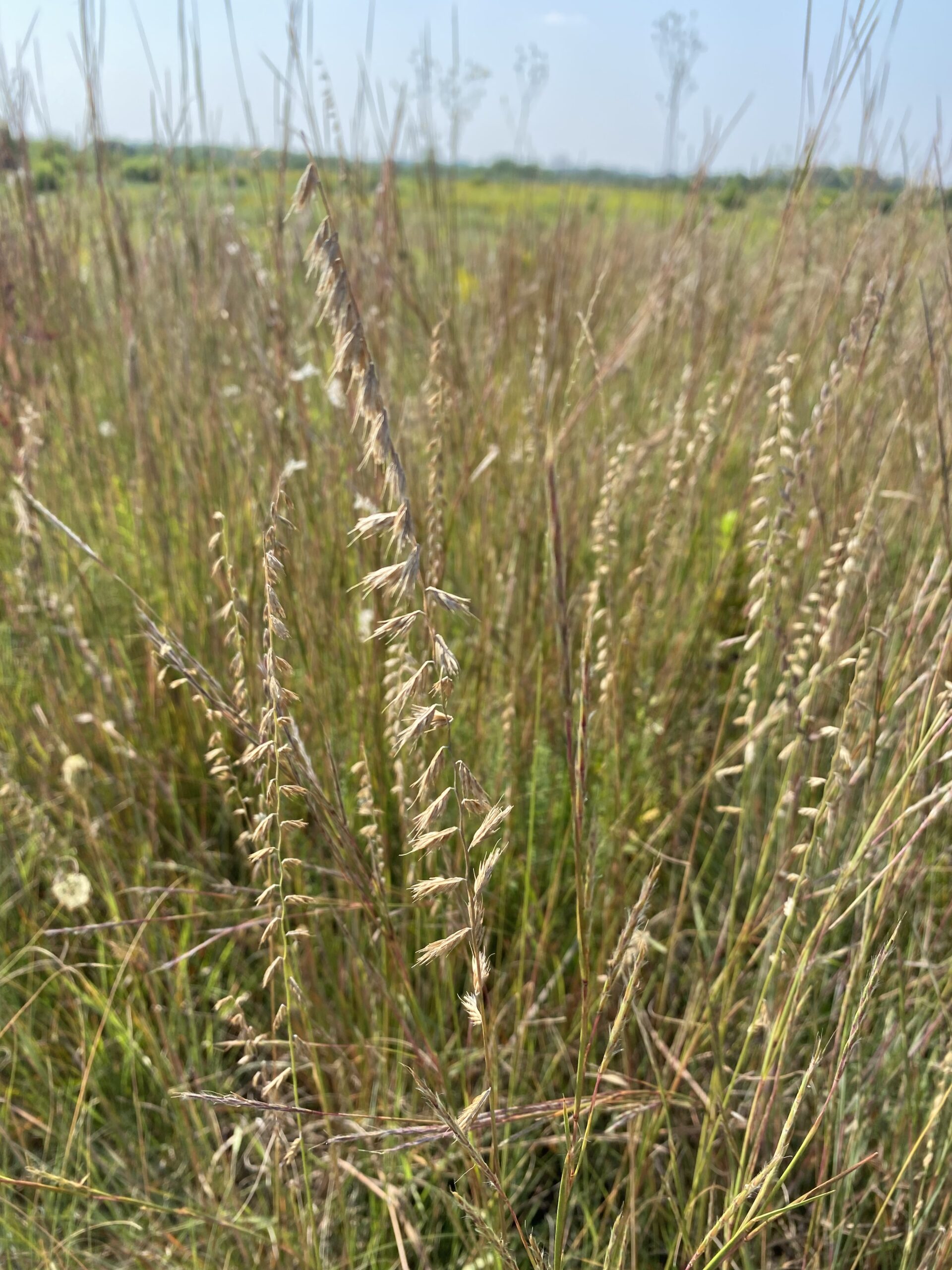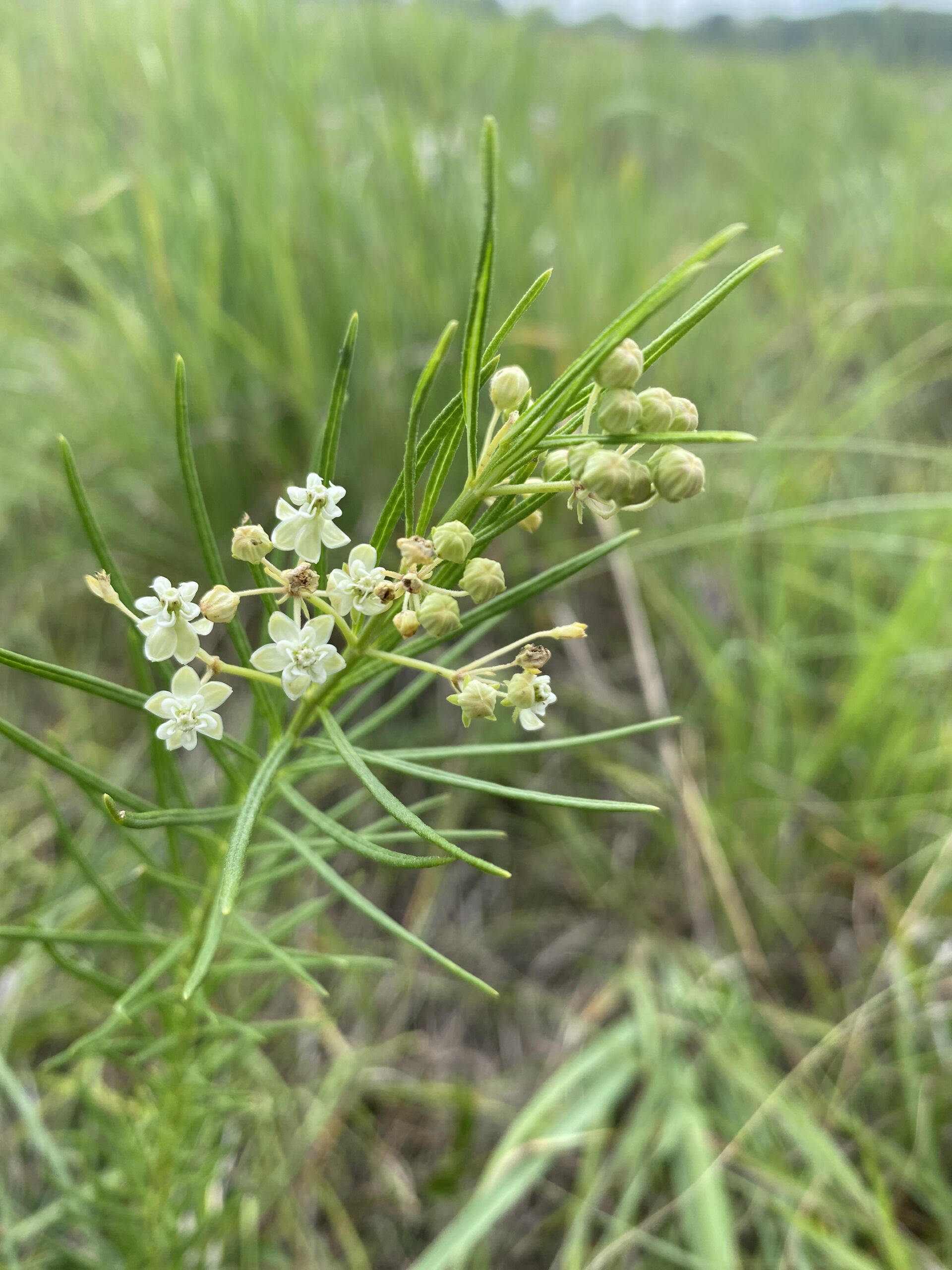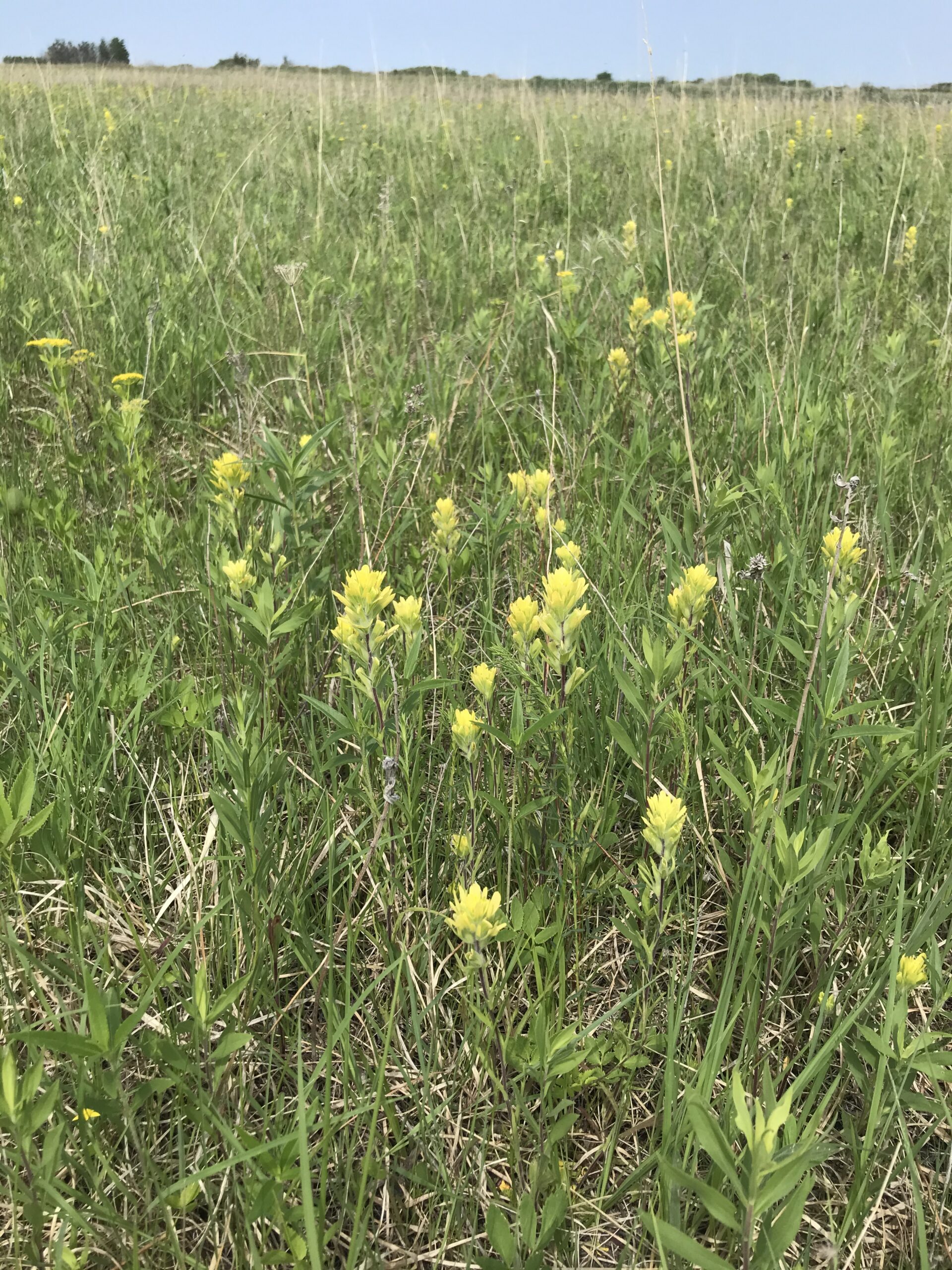In the past four months of living in New Mexico, I came to realize how rich in biodiversity the state is. This is partly a result of the different life zones found here, which include desert shrublands, grasslands, woodlands, coniferous forests, subalpine, and alpine. Therefore, I get to explore the different life zones and their flora and fauna in my free time and at work. Since I have been here, I had the opportunity to survey an array of sensitive, endemic, and rare plants and animals, including Goodding’s onion (Allium gooddingii), Sacramento Mountain salamander (Aneides hardii), Sacramento prickly poppy (Argemone pinnatisecta), New Mexico meadow jumping mouse (Zapus hudsonius luteus), and the Sacramento Mountain checkerspot butterfly (Euphydryas anicia cloudcrofti).
Sacramento Mountains Checkerspot Butterfly
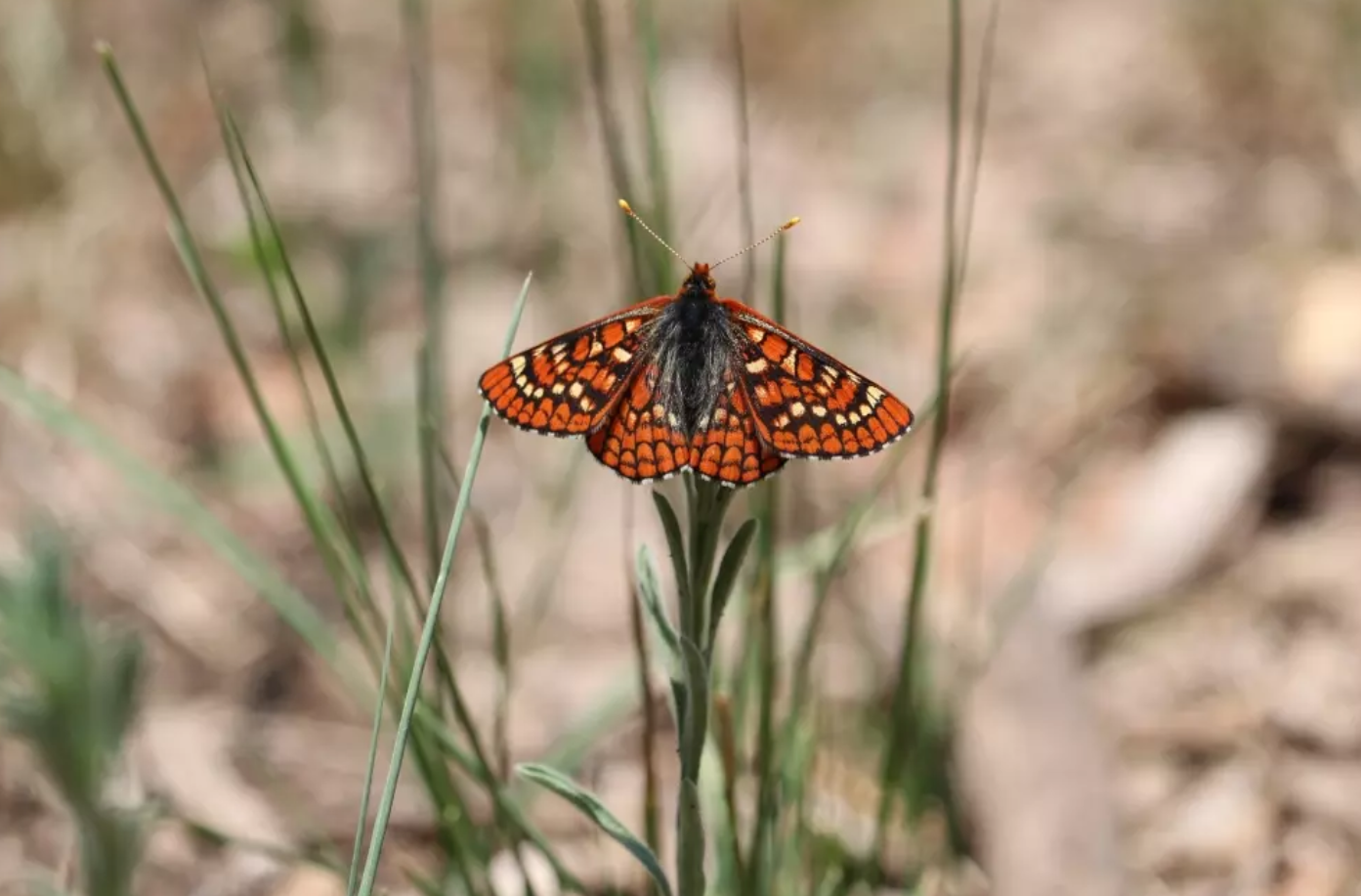
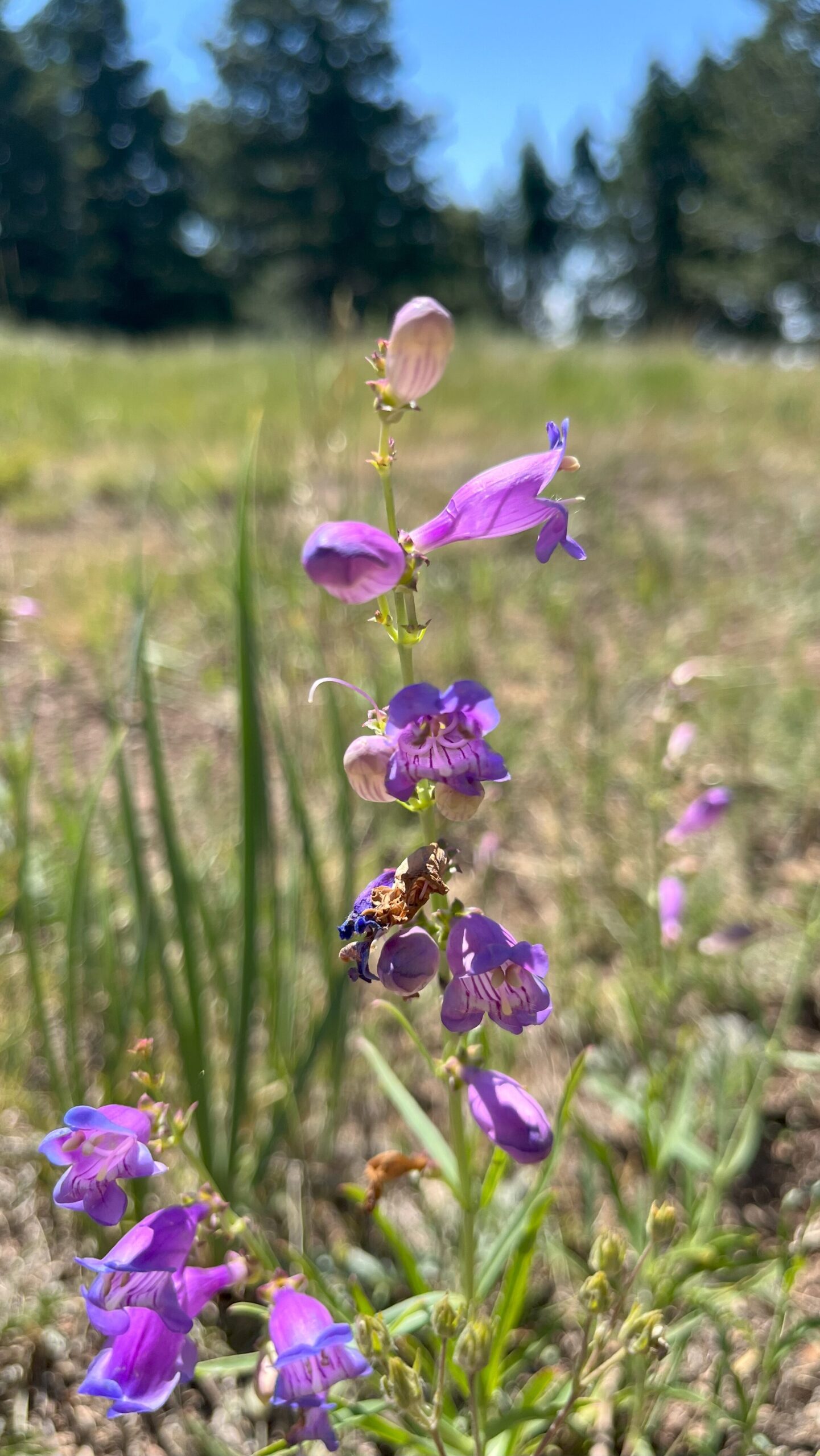
This year, most of the plant species in our seed collection target list are nectar plants. The reason for this is that the seeds we have collected on LNF will be aiding the habitat restoration of the Sacramento Mountains checkerspot butterfly. This beautiful butterfly can only be found in the high-elevation subalpine meadows of the Sacramento Mountains in the Lincoln National Forest. Like other butterflies, the Sacramento Mountains checkerspot butter is reliant on a larval host plant, the New Mexico Penstemon (Penstemon neomexicanus).
However, the Sacramento Mountains checkerspot butterfly has been experiencing a serious population decline in the recent years due to habitat degradation caused by grazing, invasive and non-native plants, climate change, and altered wildfire regimes. As of this year, the U.S. Fish and Wildlife Service listed the butterfly as an endangered species under the Endangered Species Act.
Habitat Restoration
Unfortunately, not a single checkerspot butterfly was found during the surveys this year. Nonetheless, protecting and restoring their habitat is still a critical process to ensure their chances of survival. For the past couple of years, the Southwest Institute for Applied Ecology (IAE) has led the effort in restoring the butterfly habitat in the forest. This year, the Forest Service, Albuquerque BioPark, and volunteers helped IAE plant more nectar plants in a meadow that had a low-density of nectar plants.
Over the course of two days, we planted roughly 2,000 nectar plant plugs that included their host plant (New Mexico penstemon), common yarrow (Achillea millefolium), spike verbena (Verbena macdougalii), and cut-leaf coneflower (Rudbeckia laciniata). Some plugs were planted inside enclosures that have been built while others were planted outside across the meadow with seedling protections tubes placed on them.
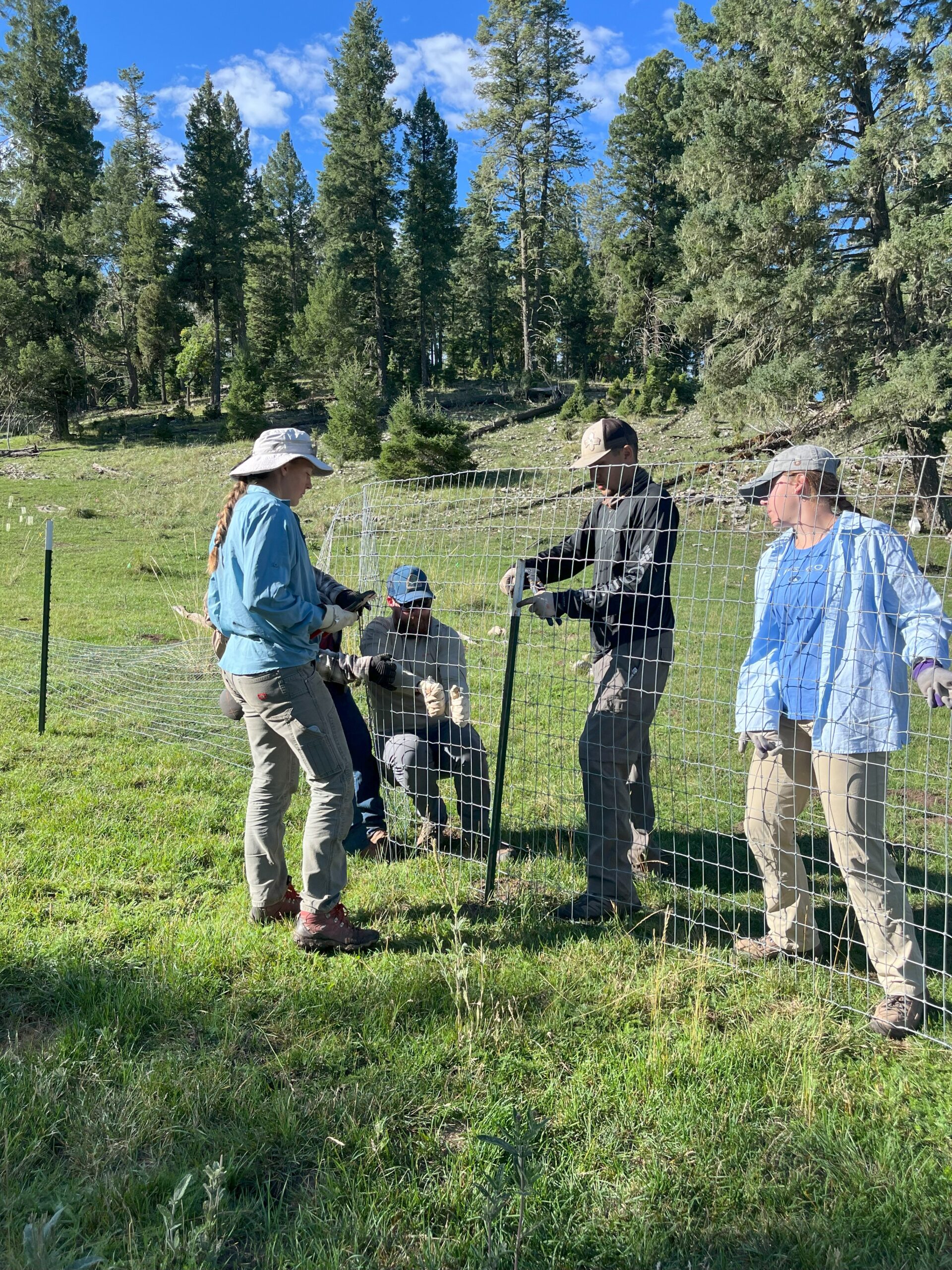
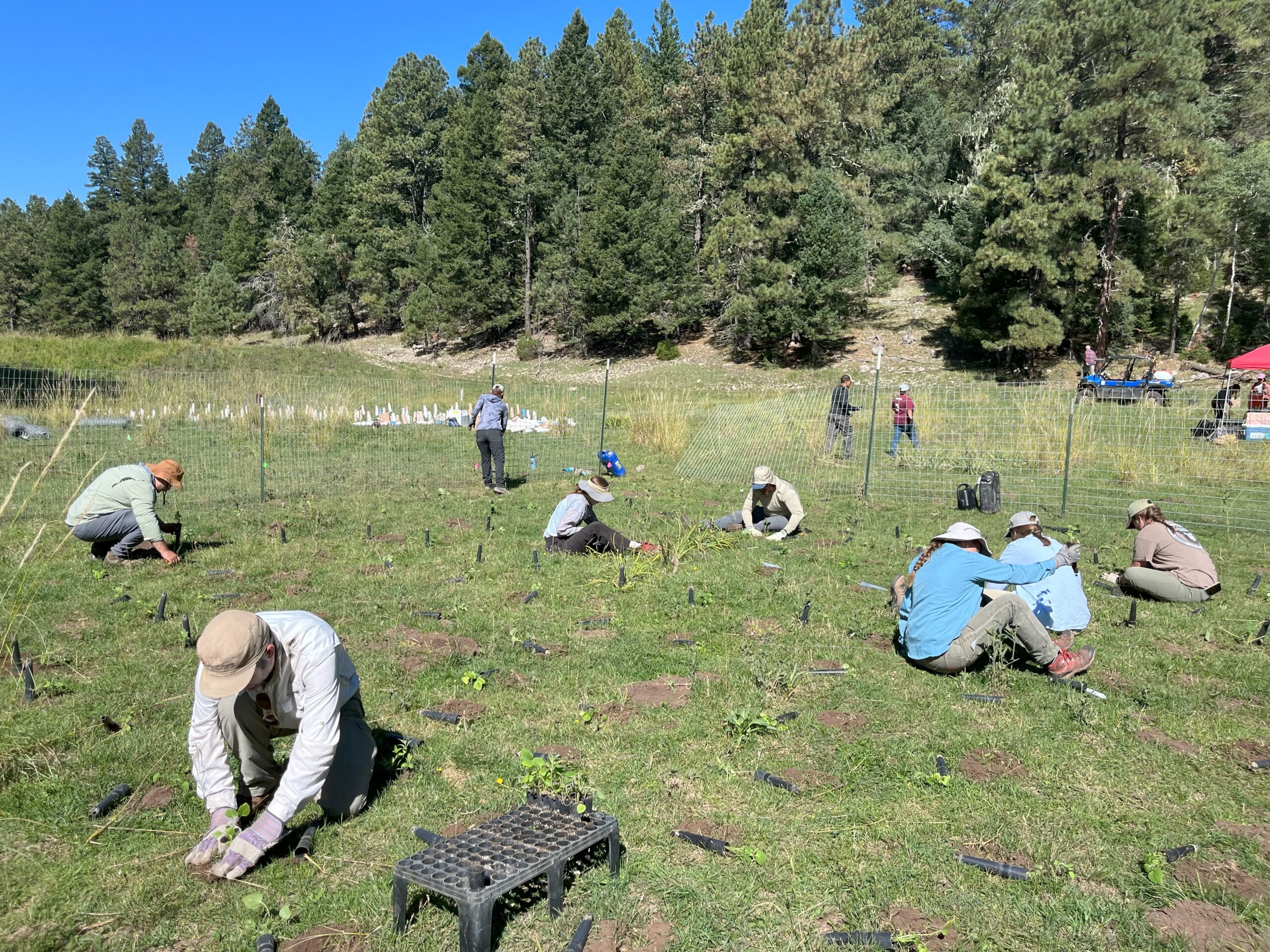
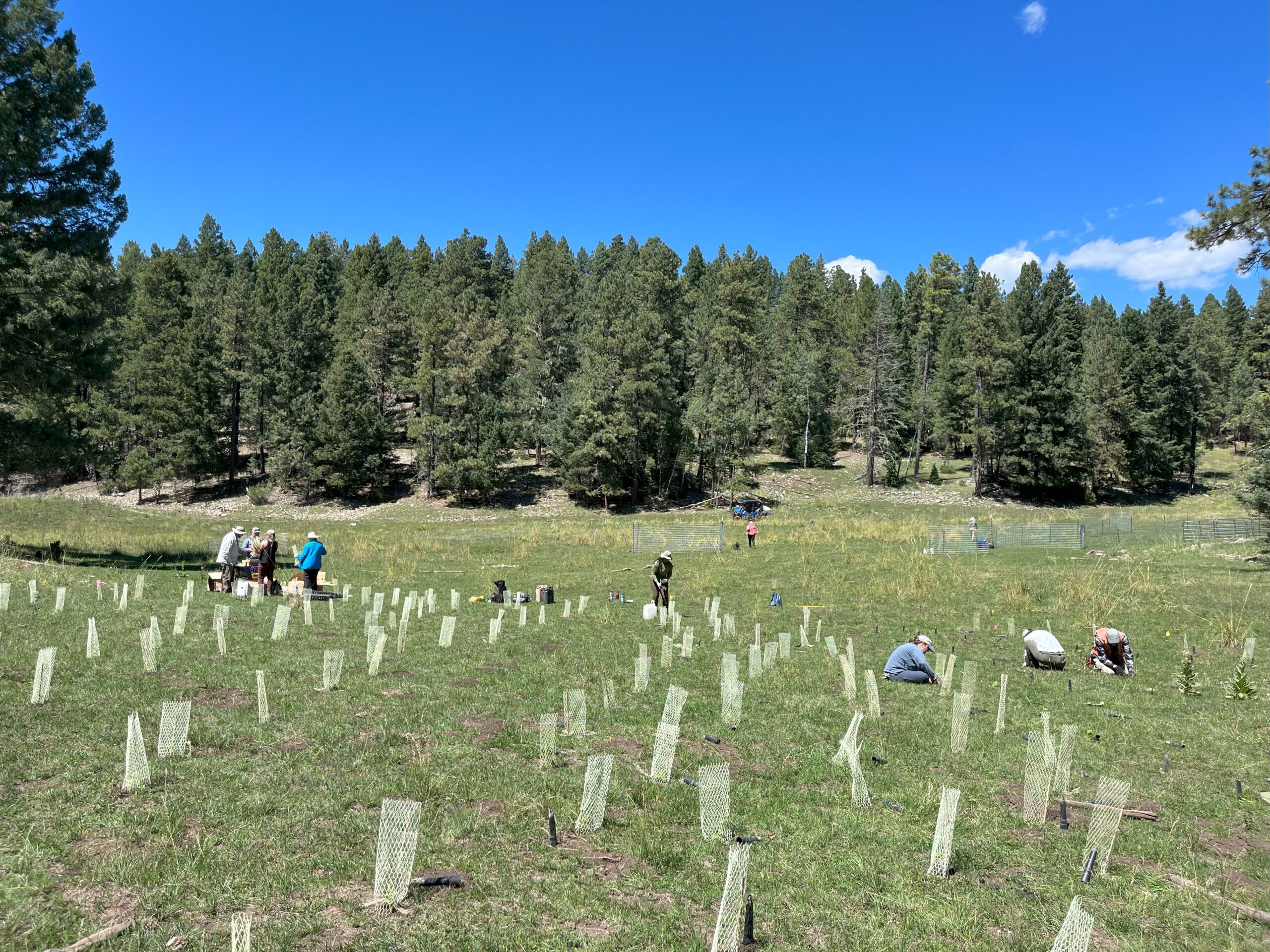
Although it was repetitive work, it was incredible to see the number of people working towards the recovery of the Sacramento Mountains checkerspot butterfly. Moreover, it was incredible to see how our seed collection efforts this year will be implemented in future habitat restoration. I am very grateful to be part of this journey.
— Evie #Savethebutterflies

